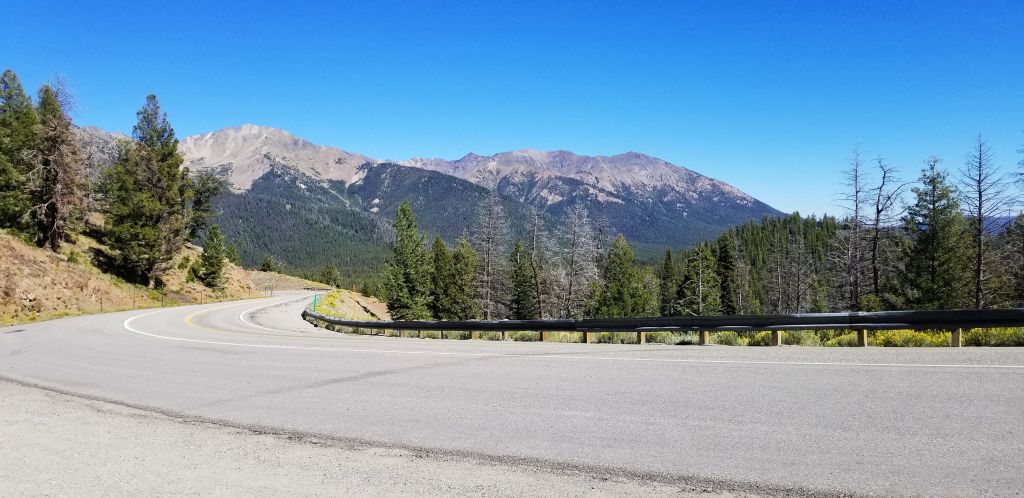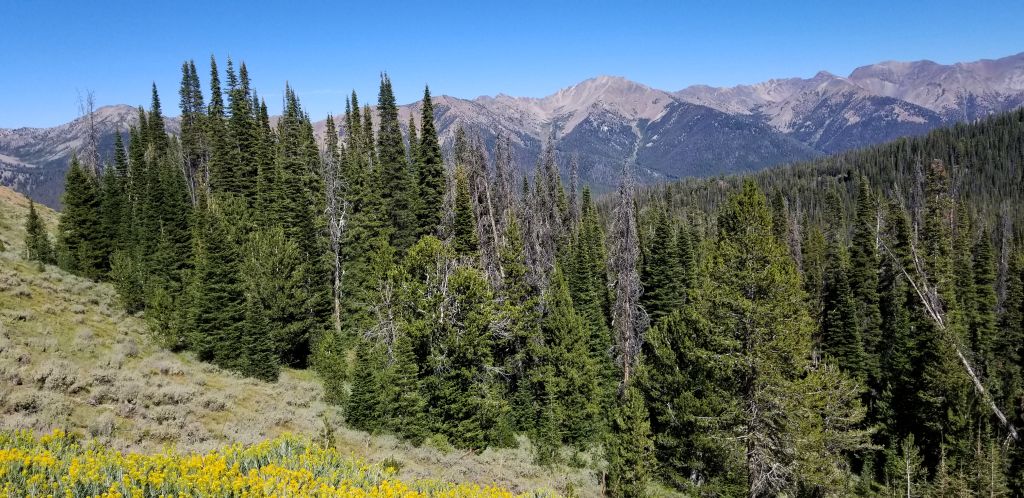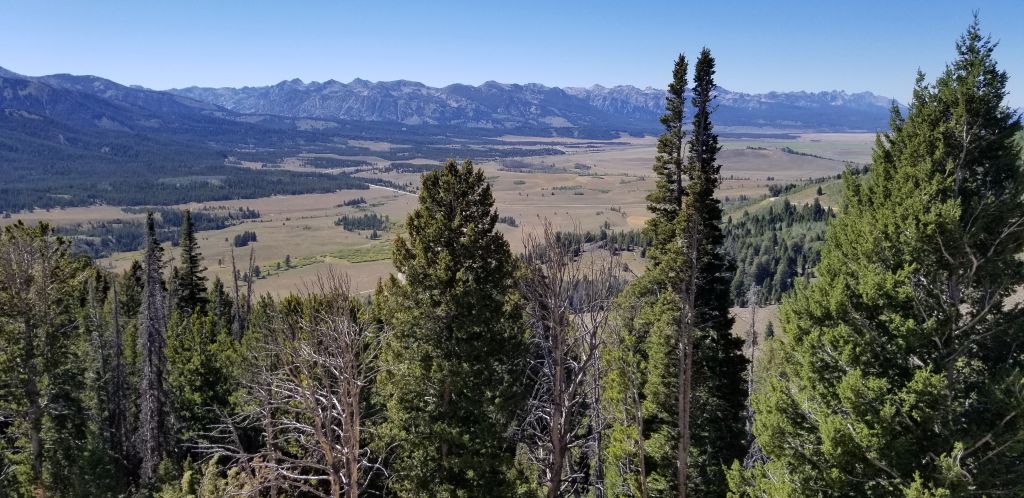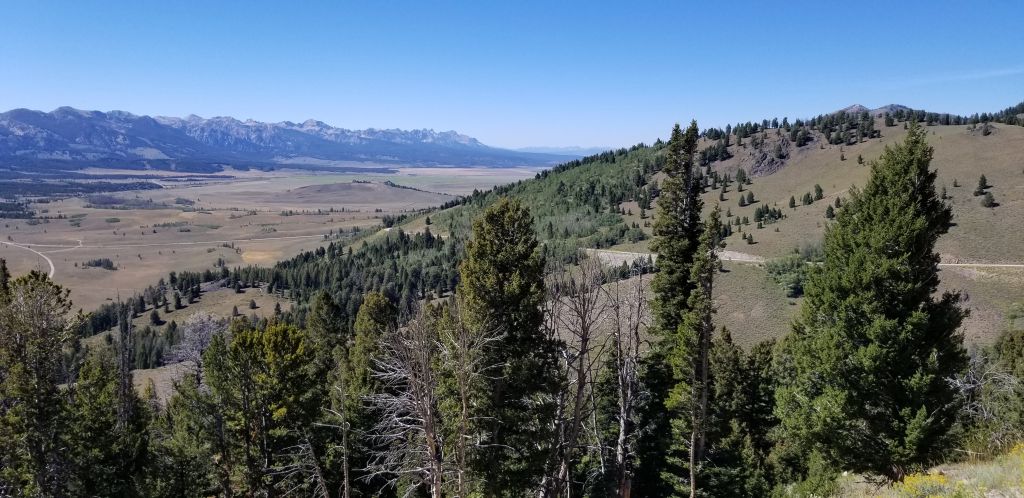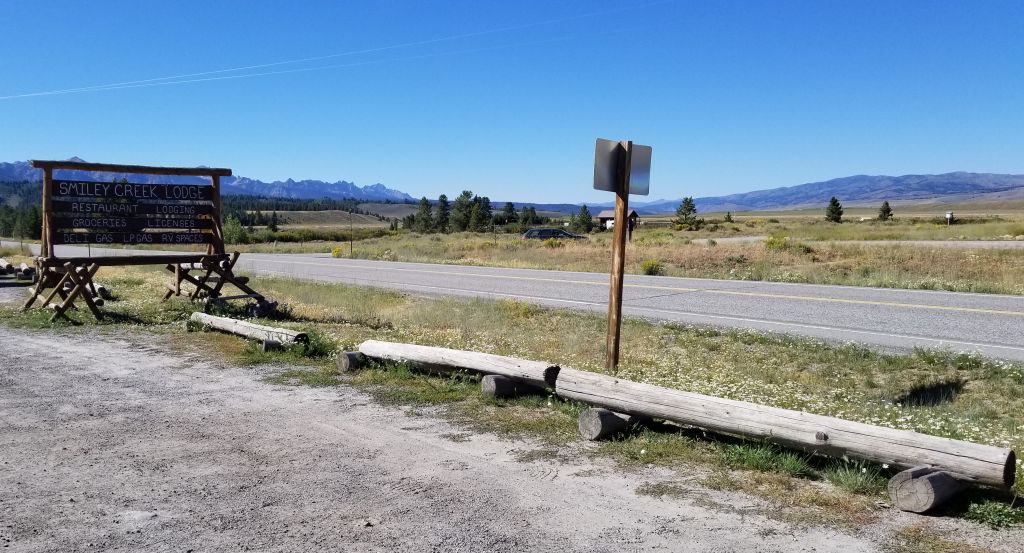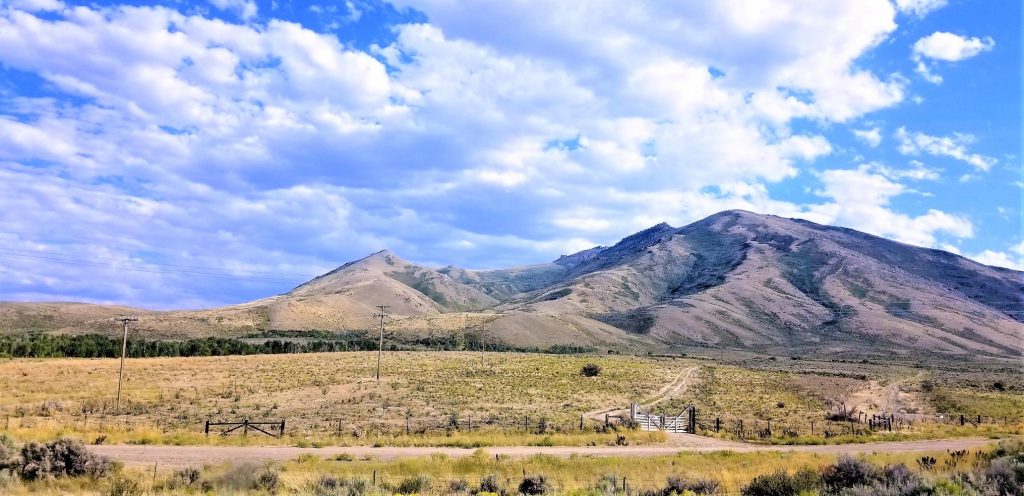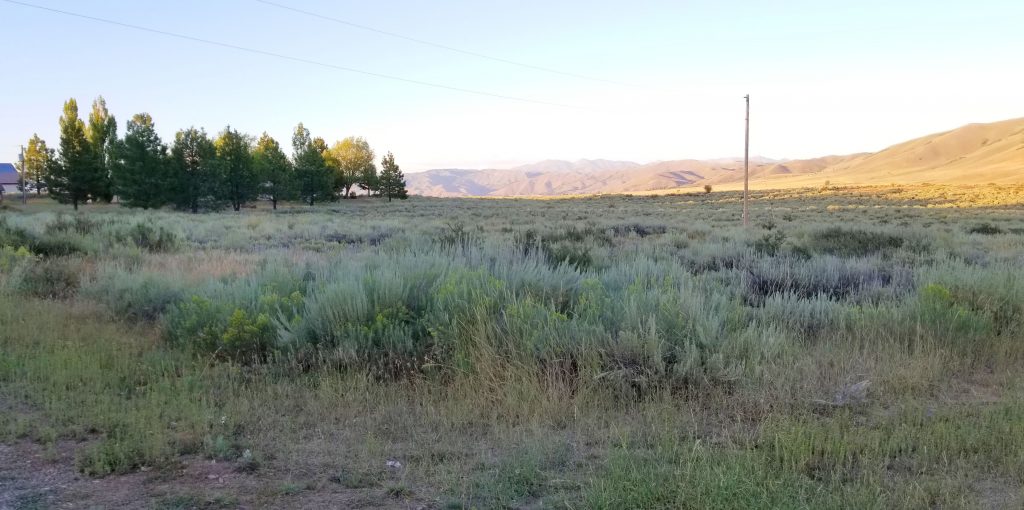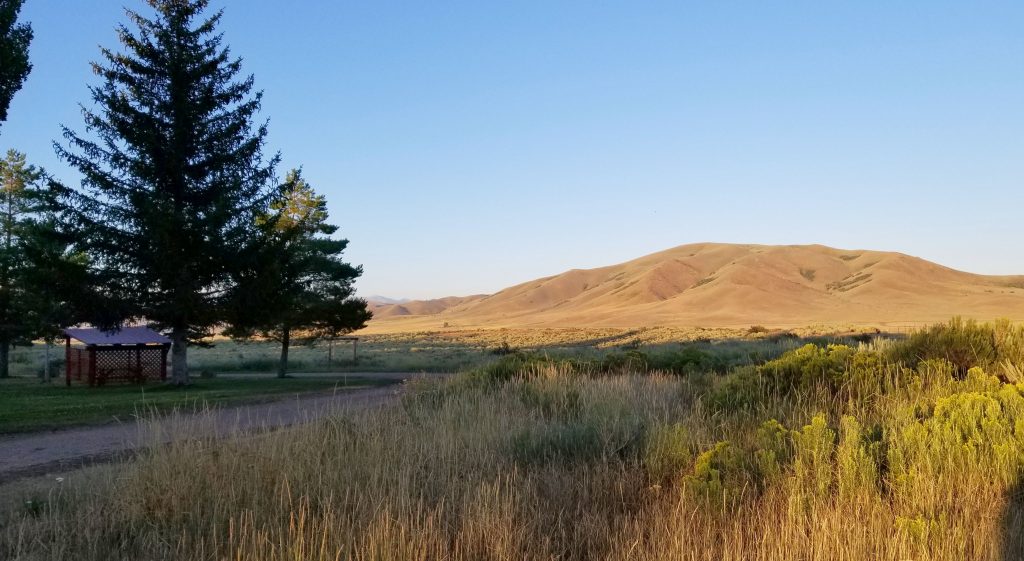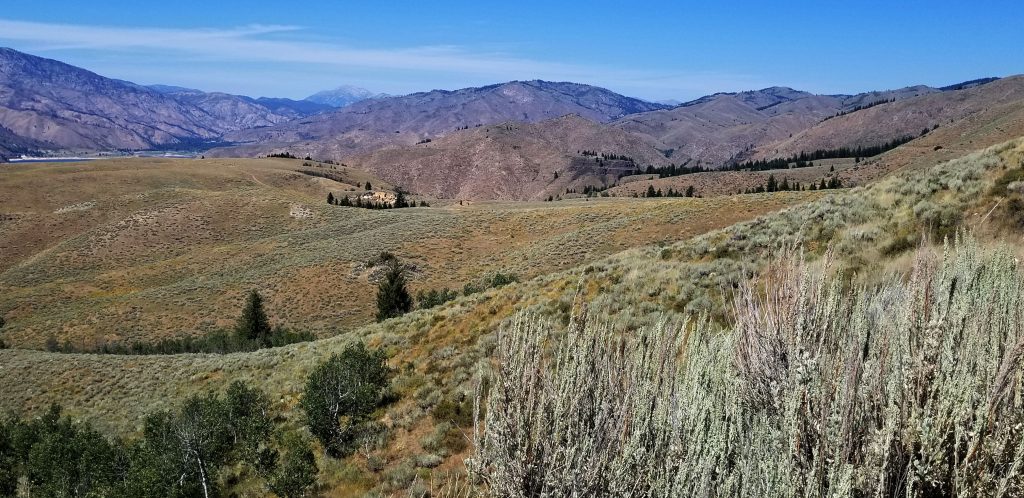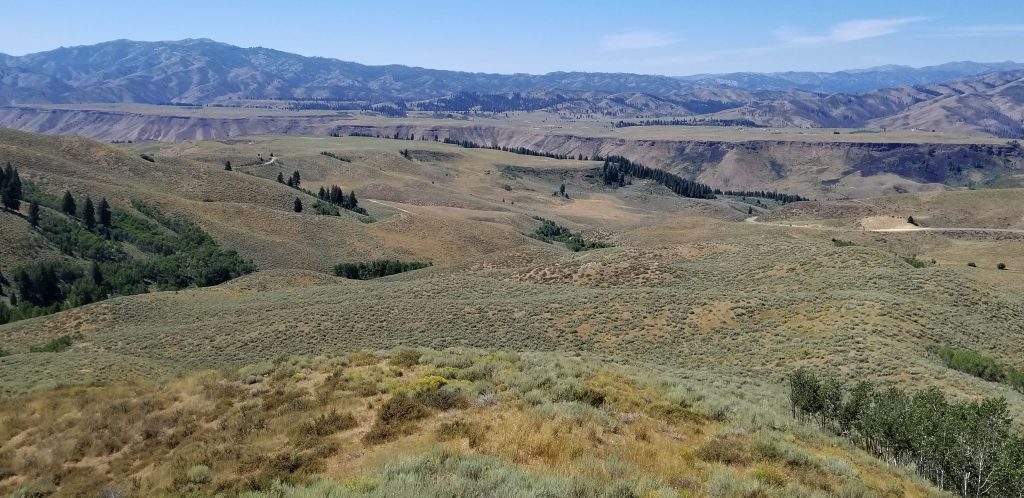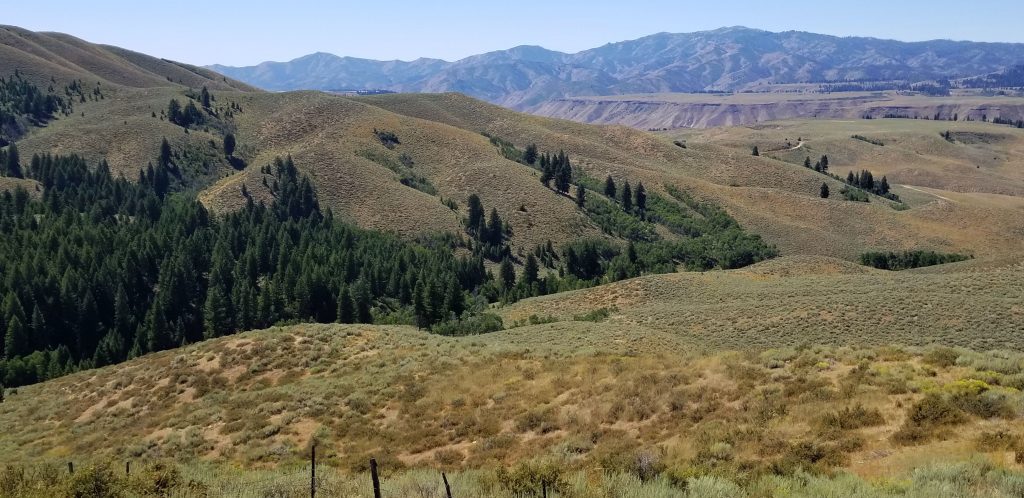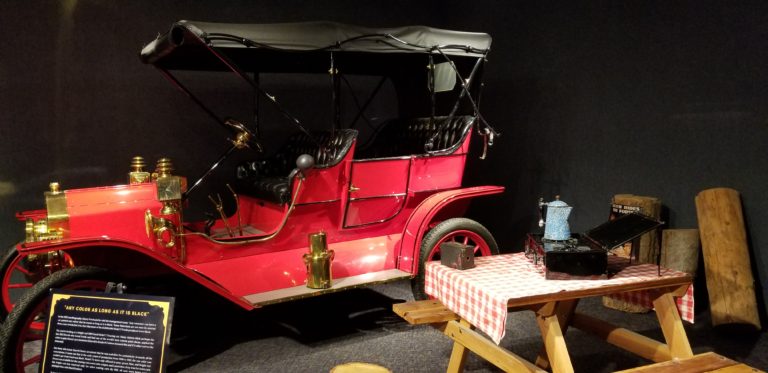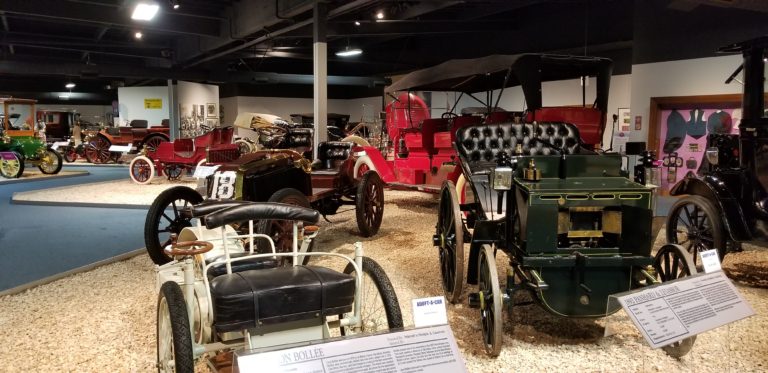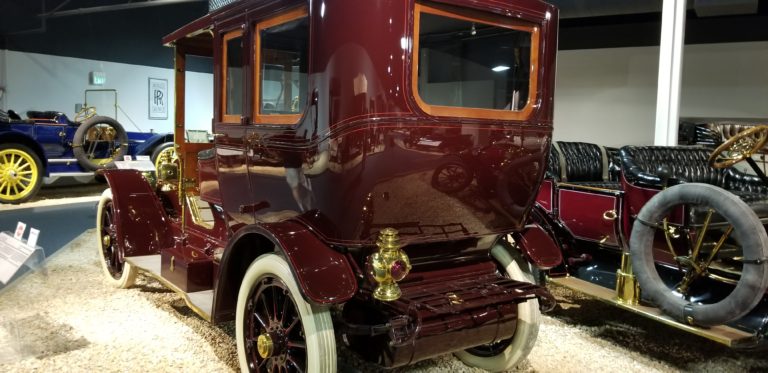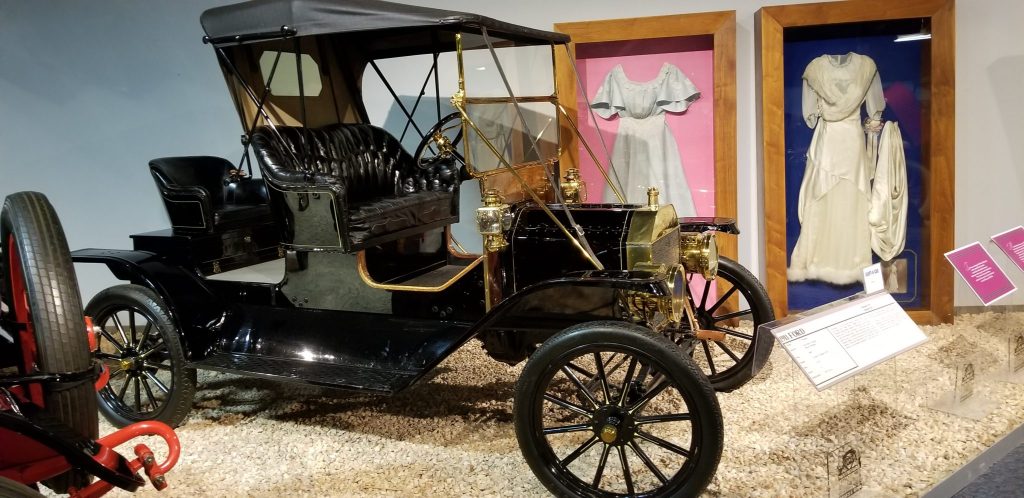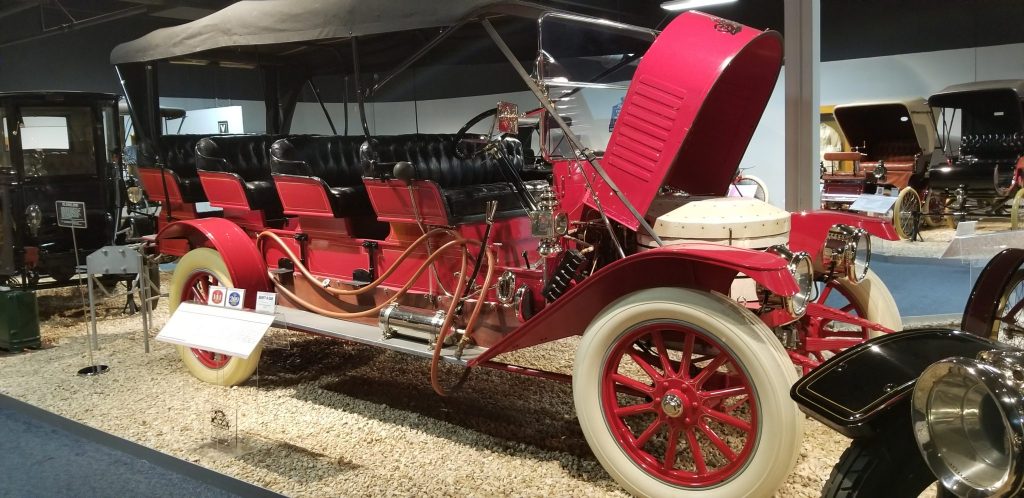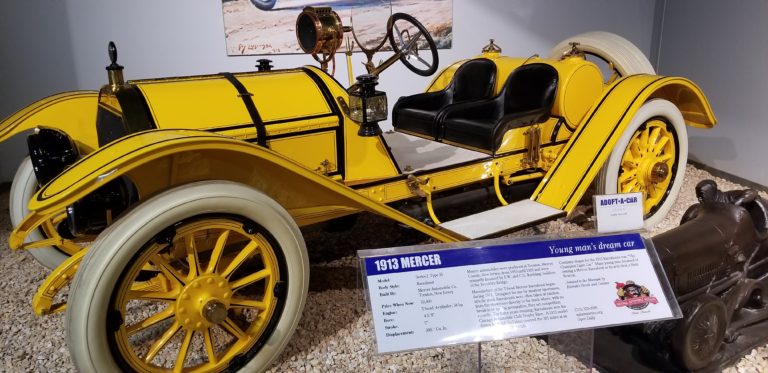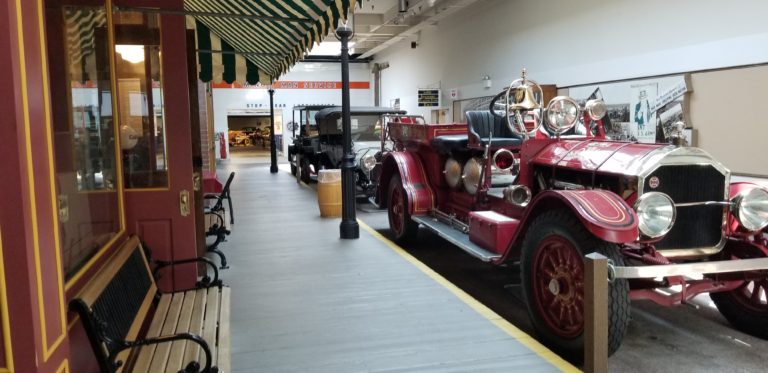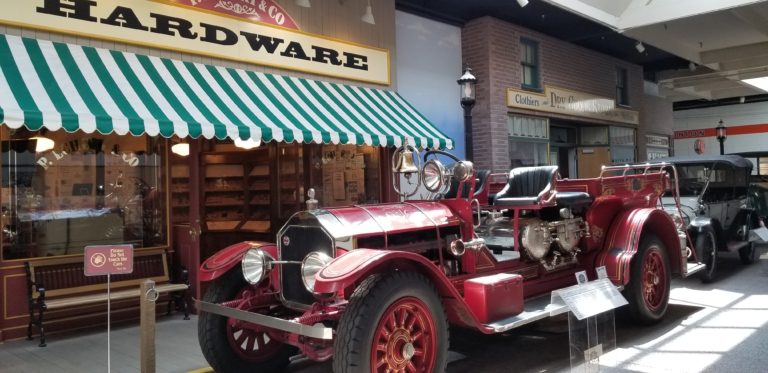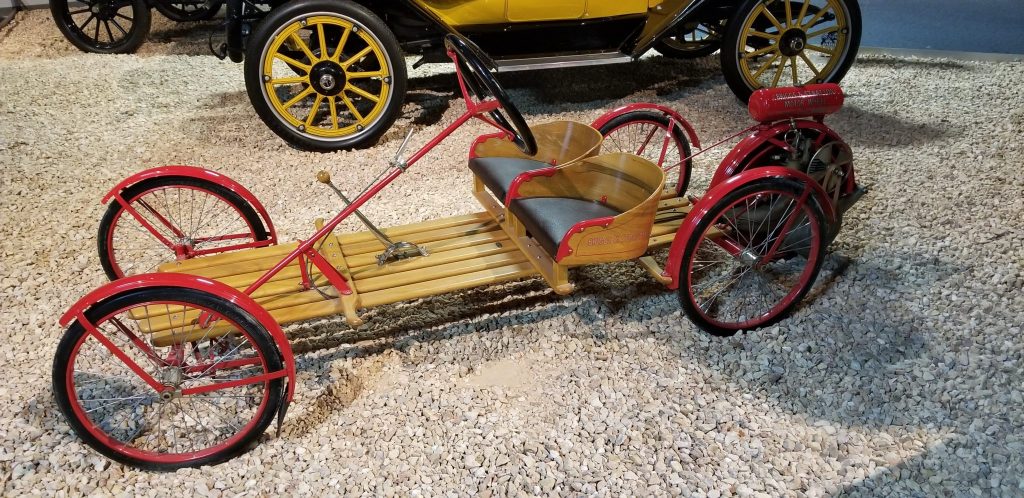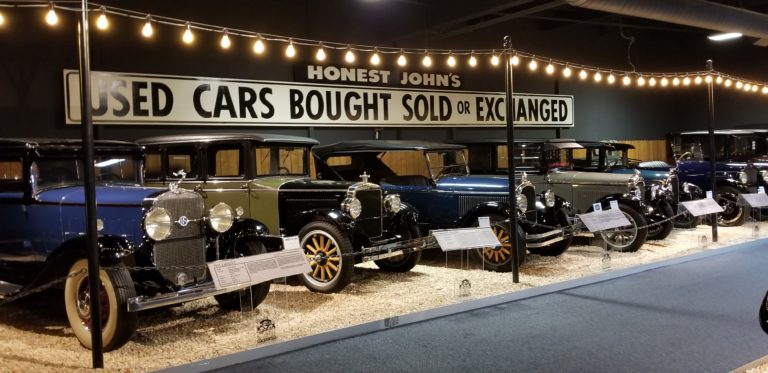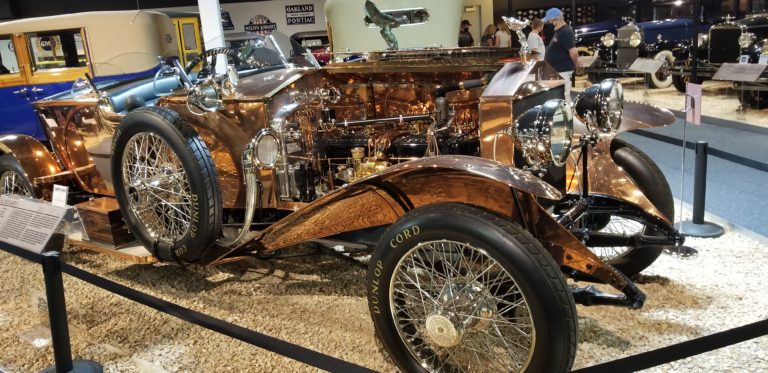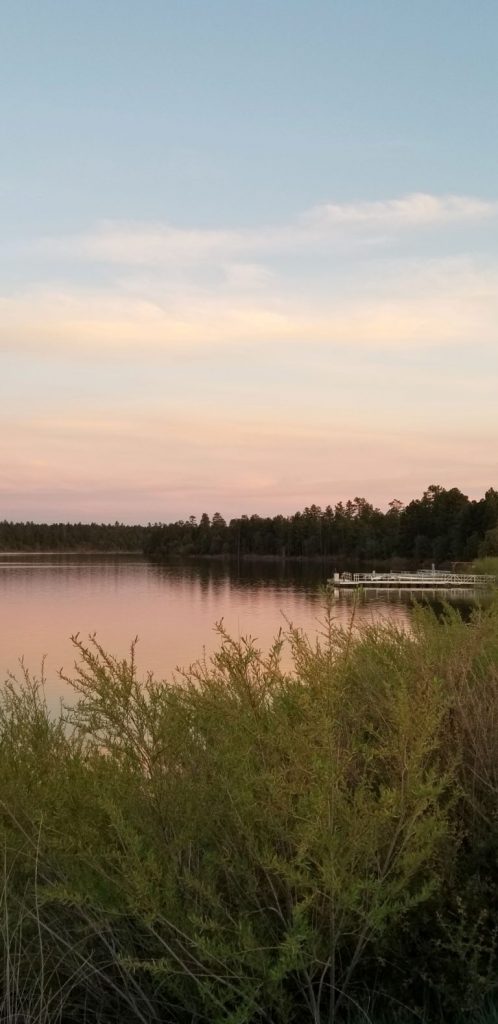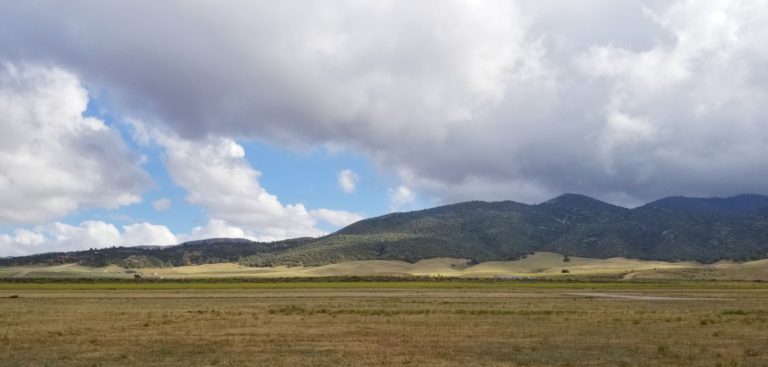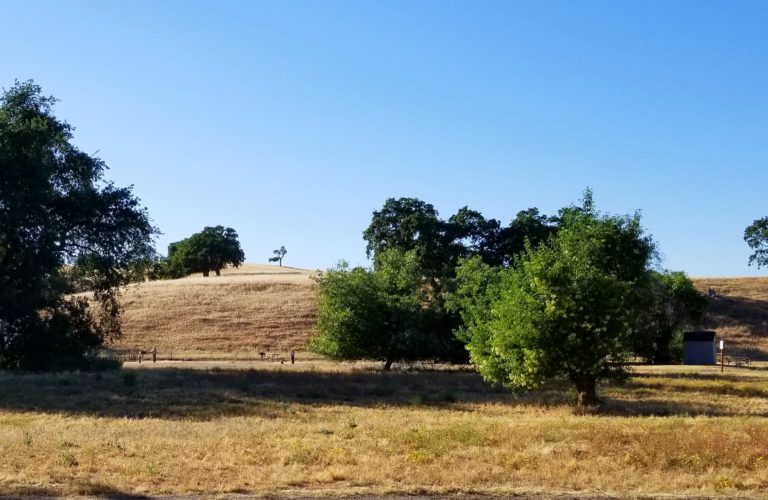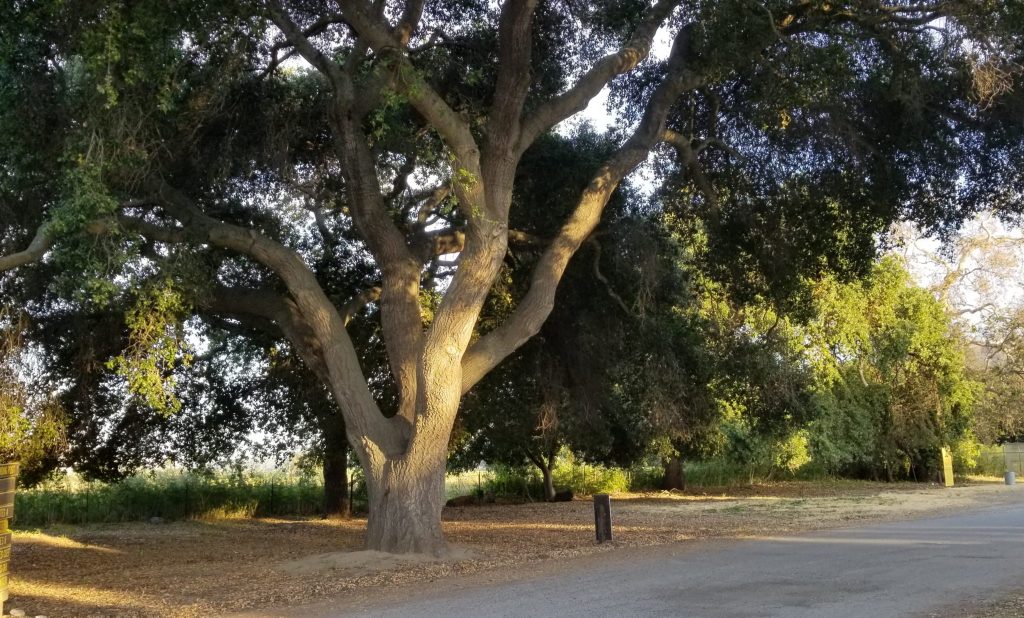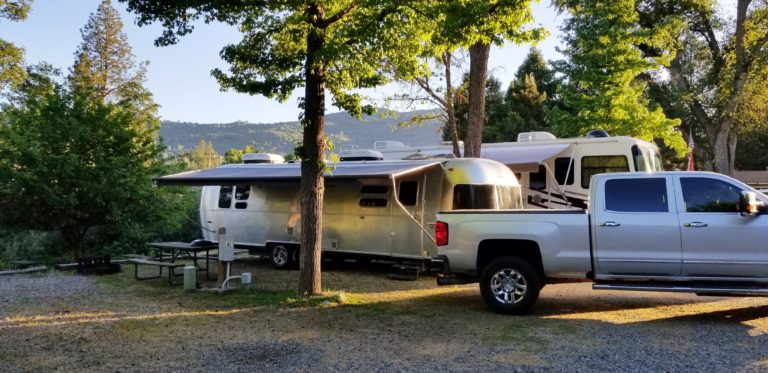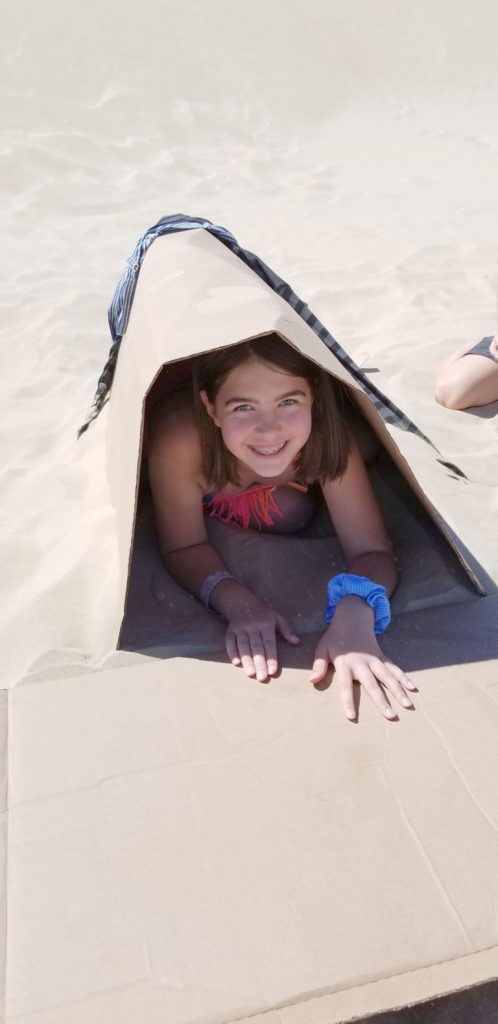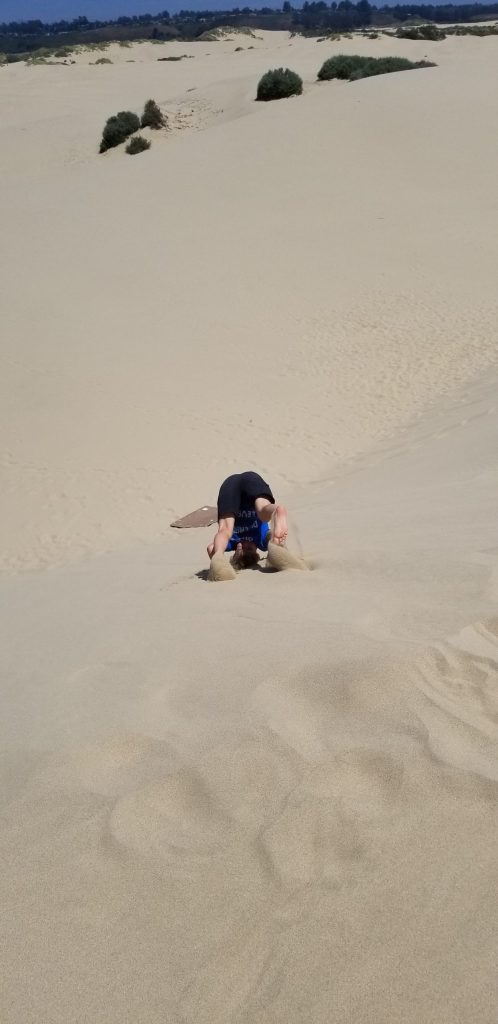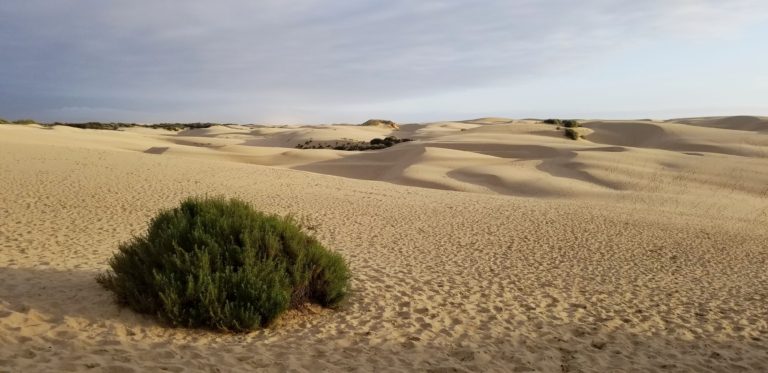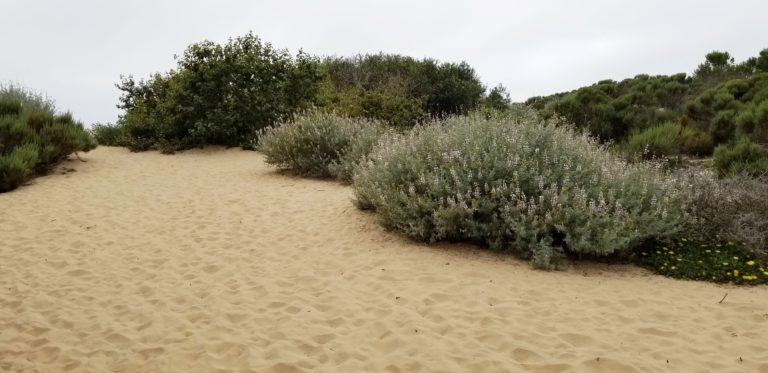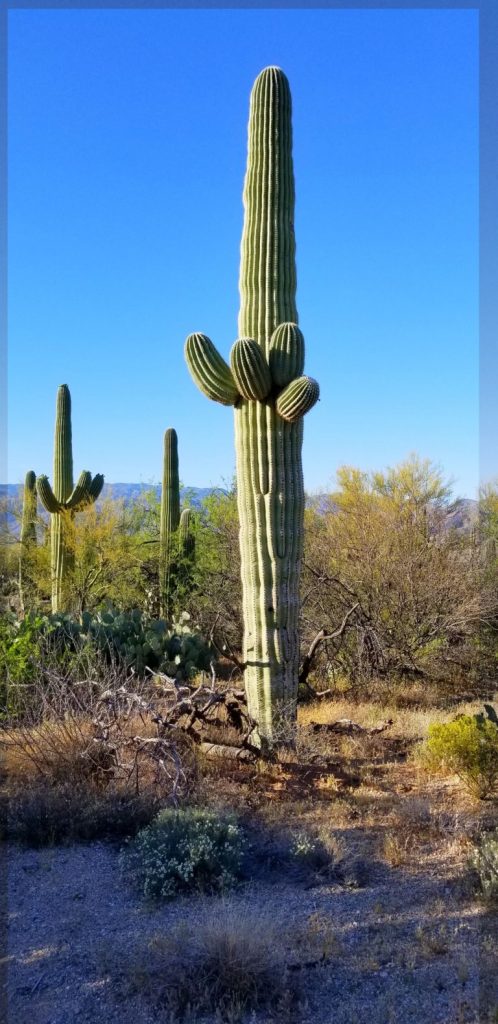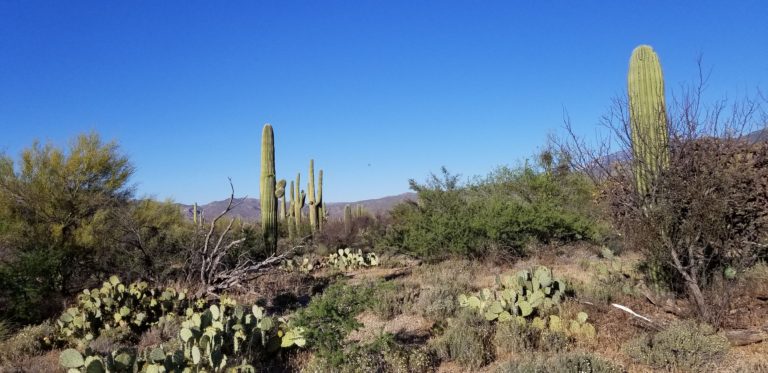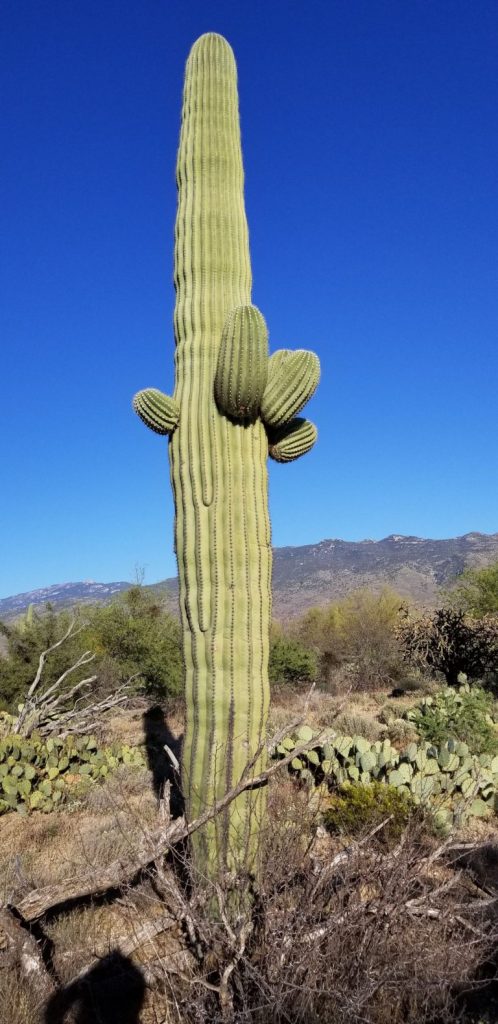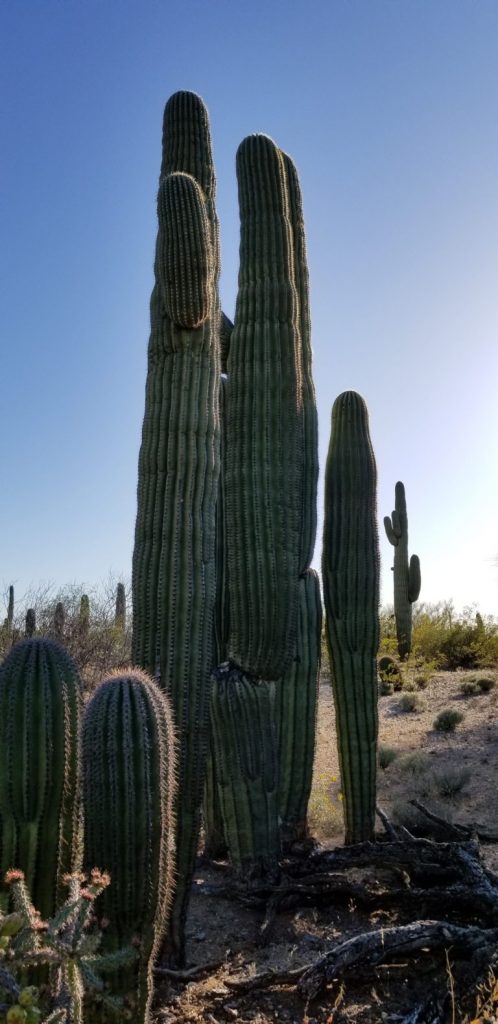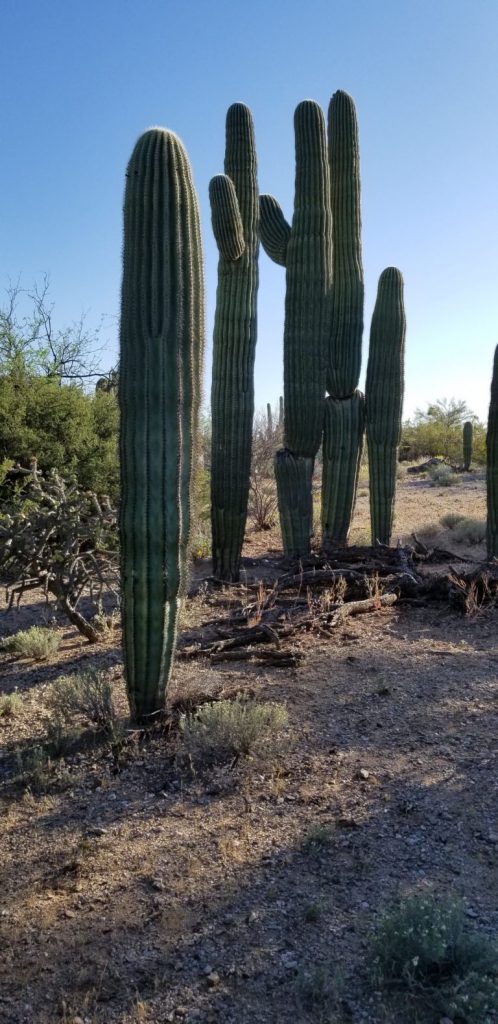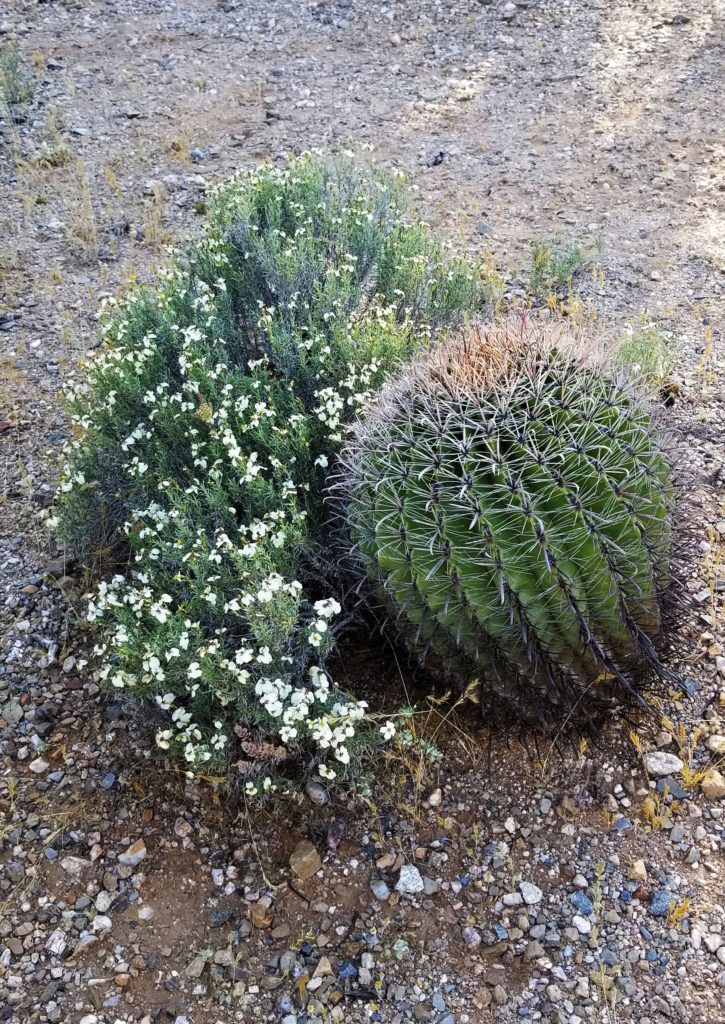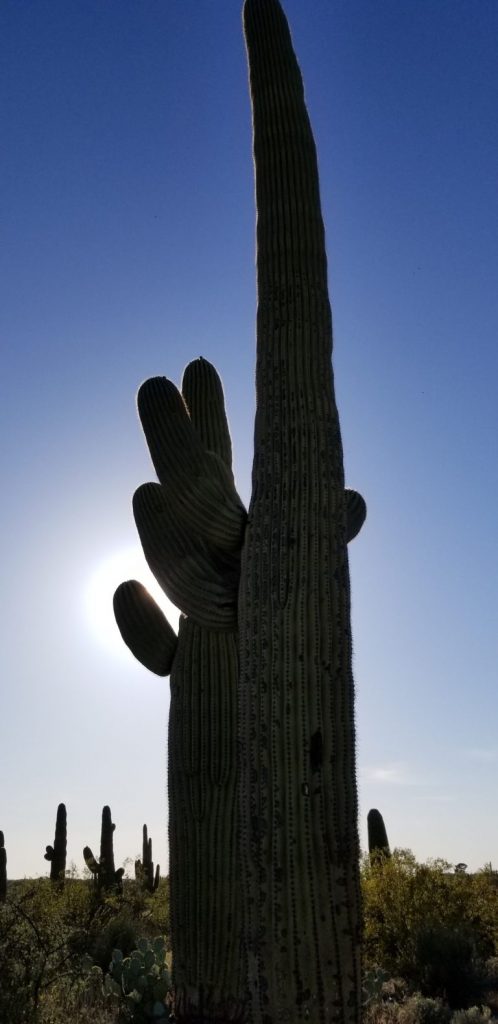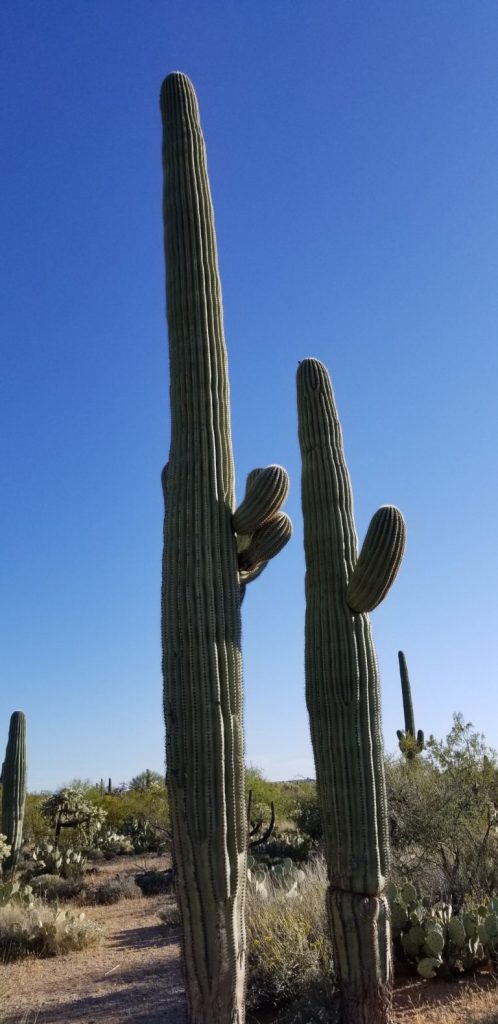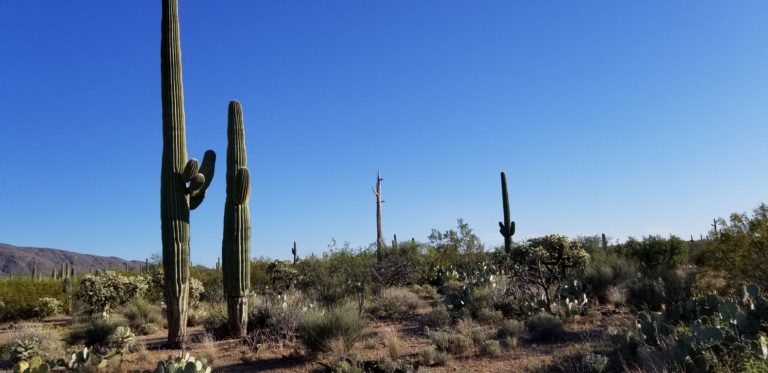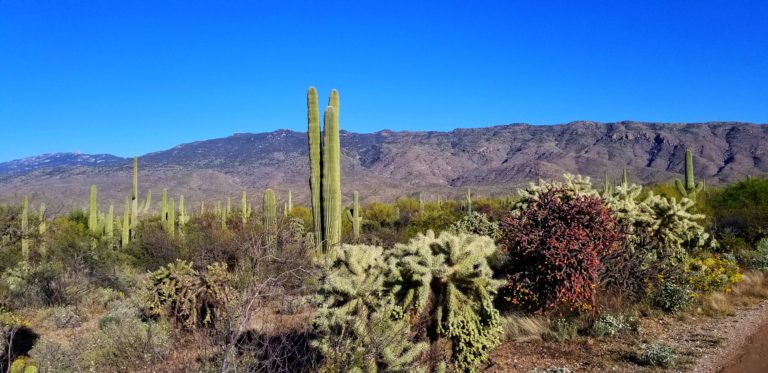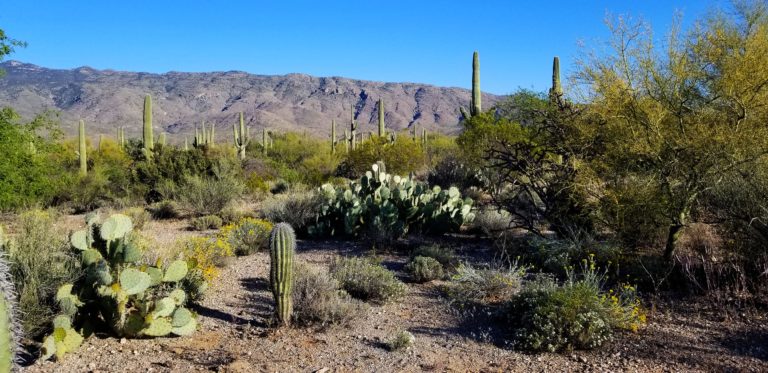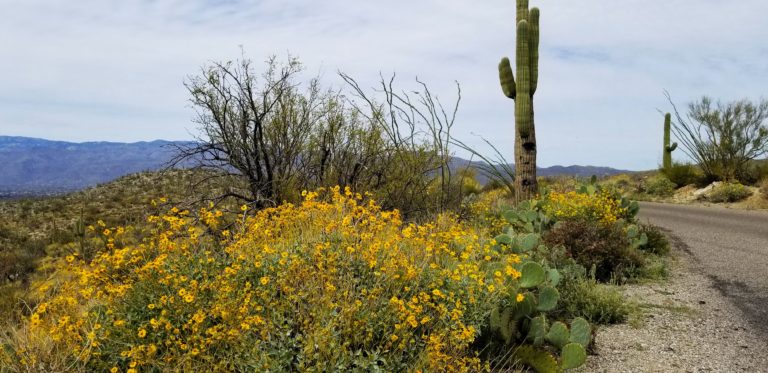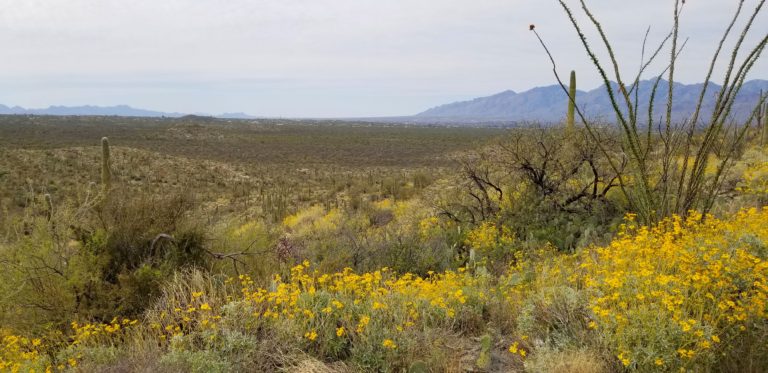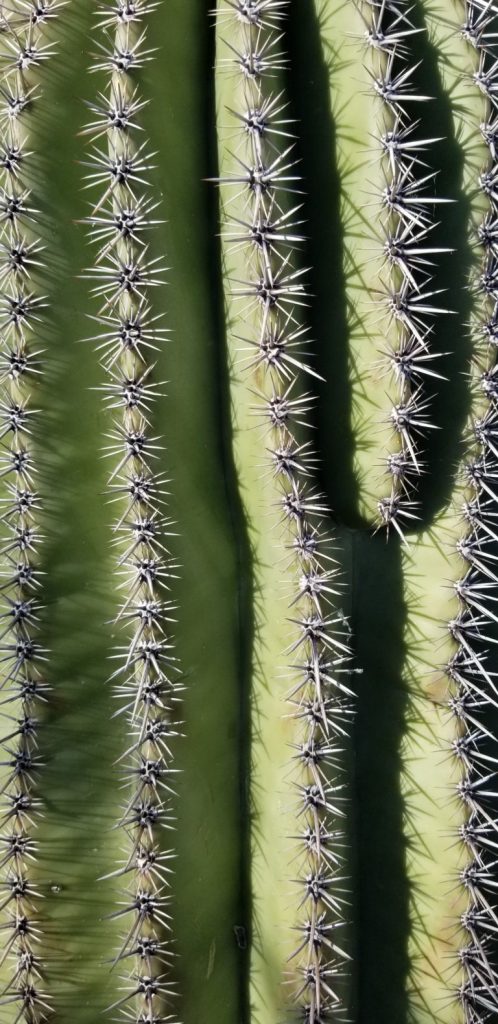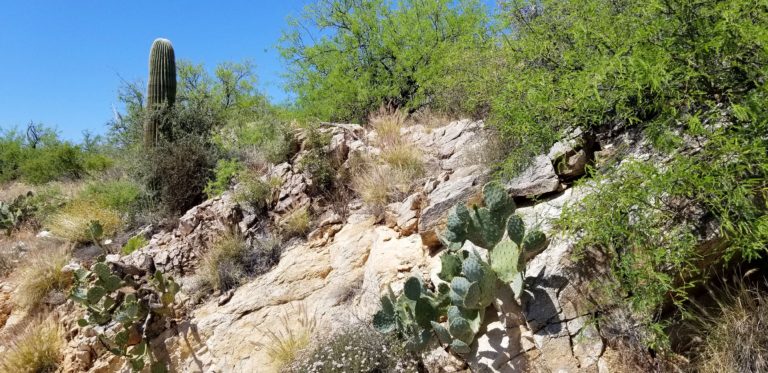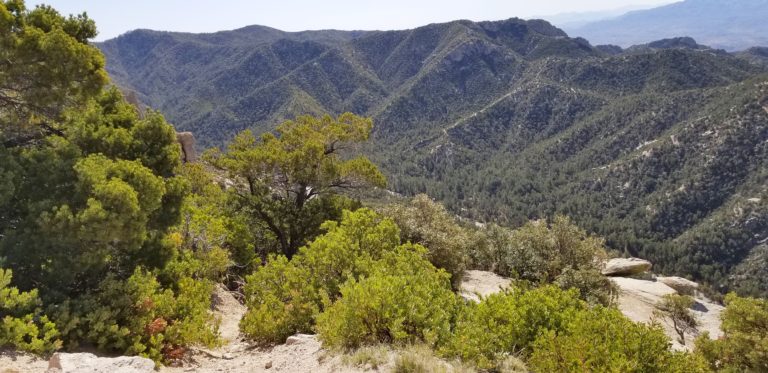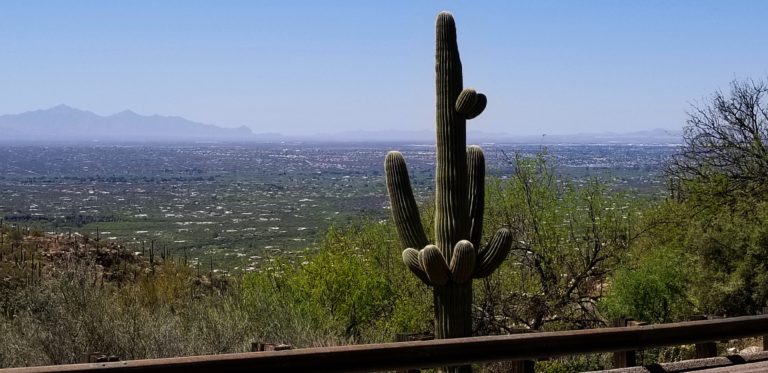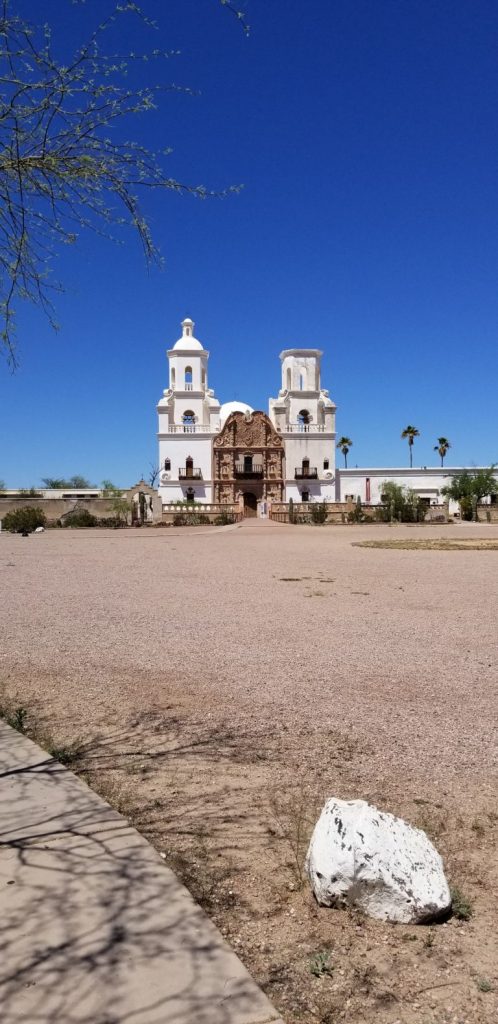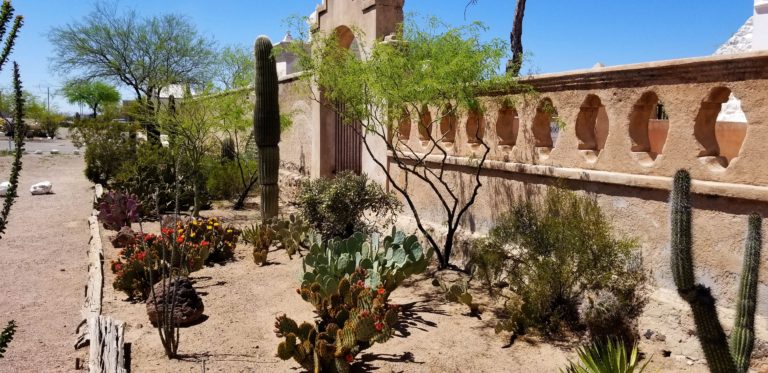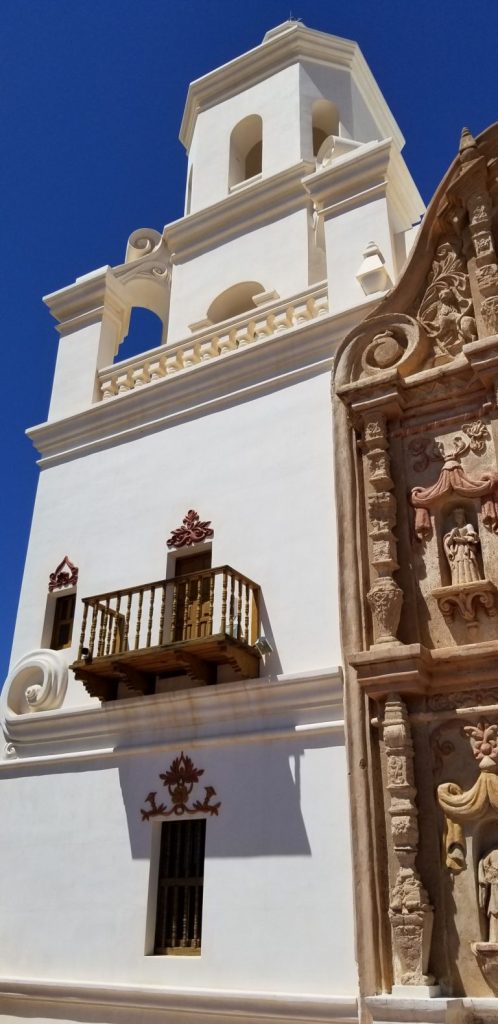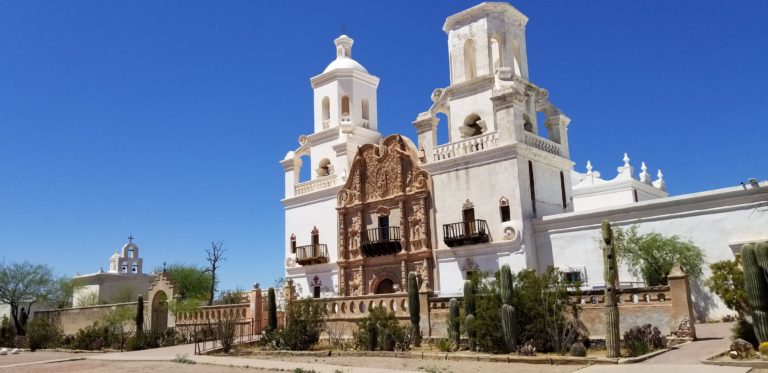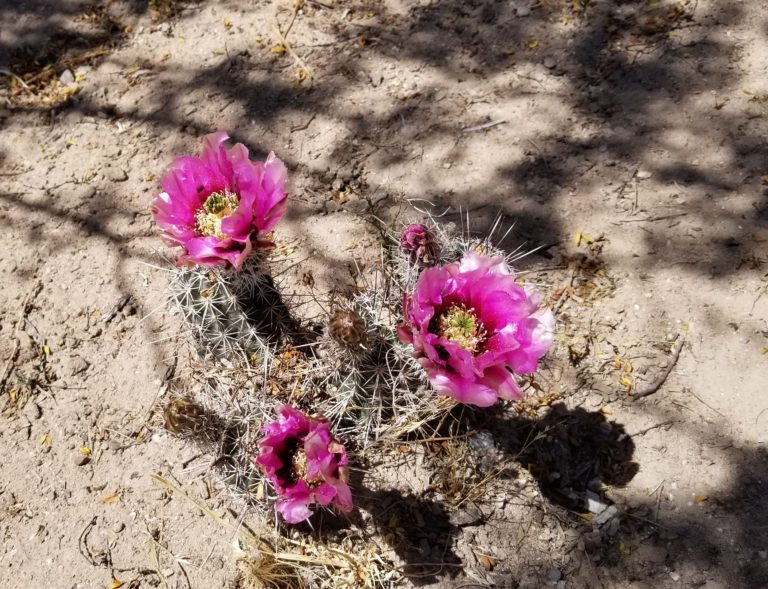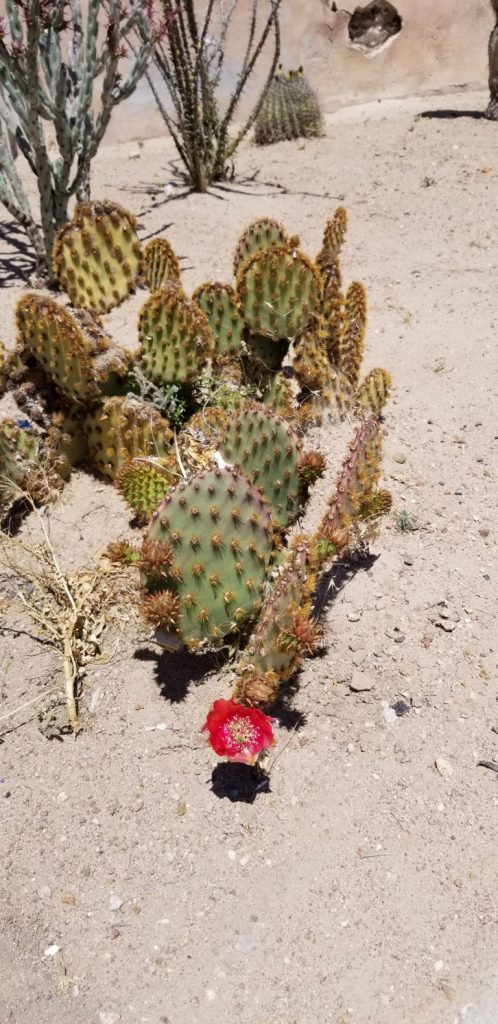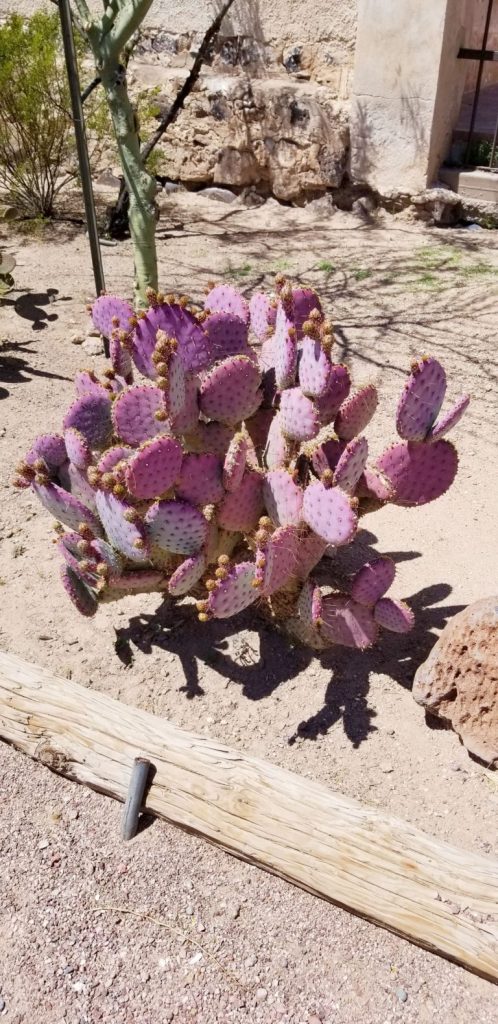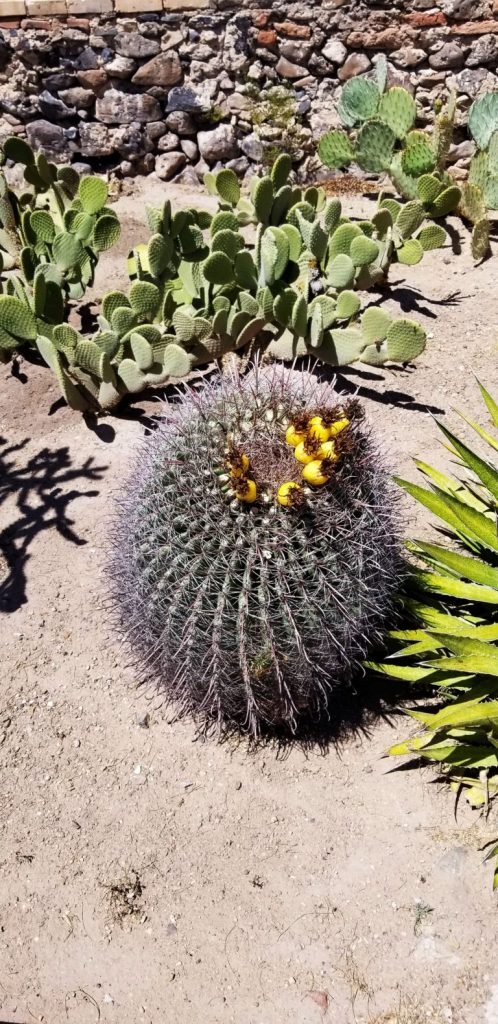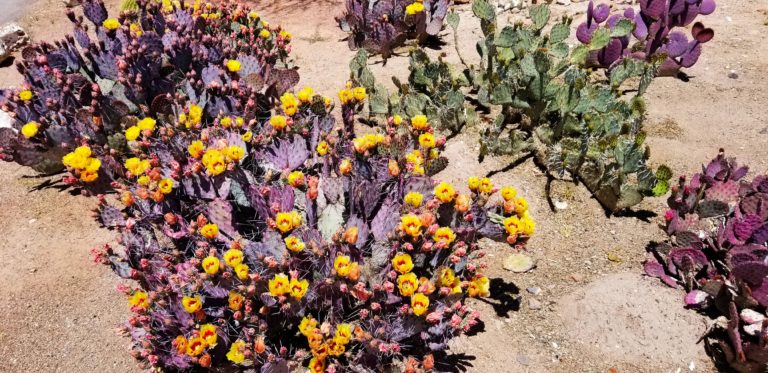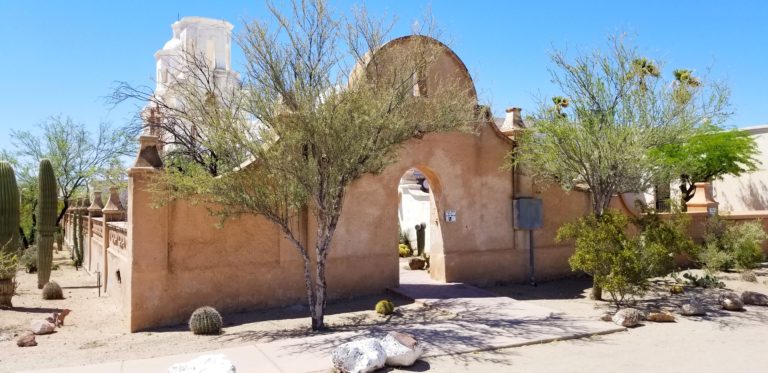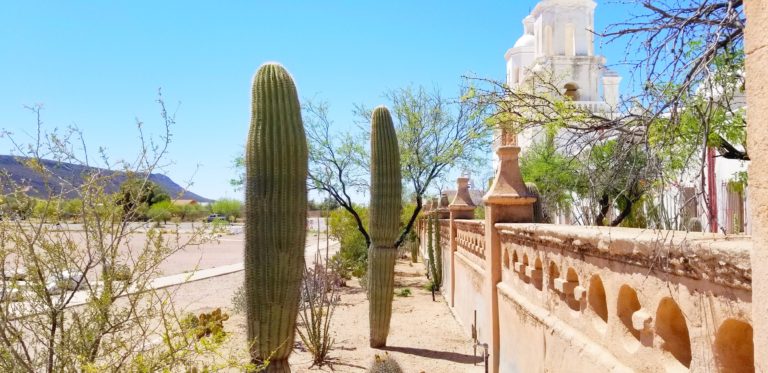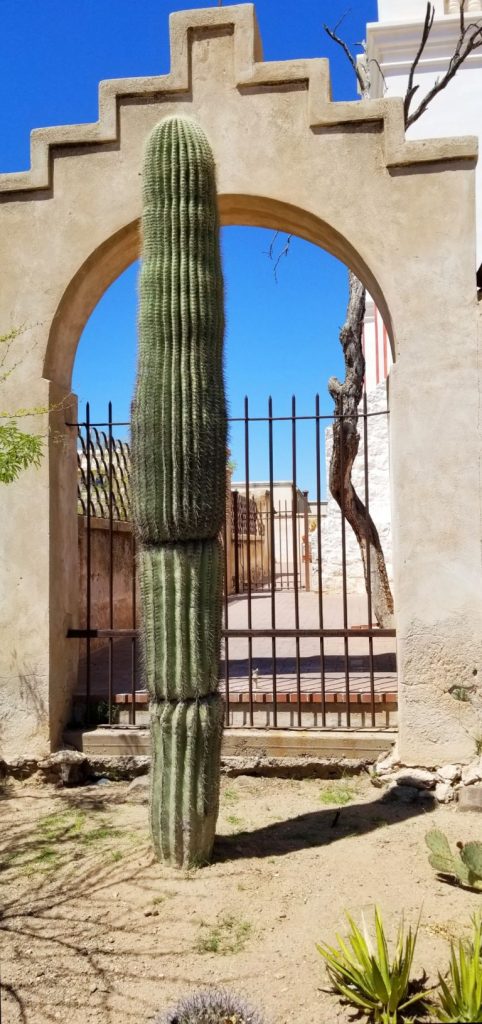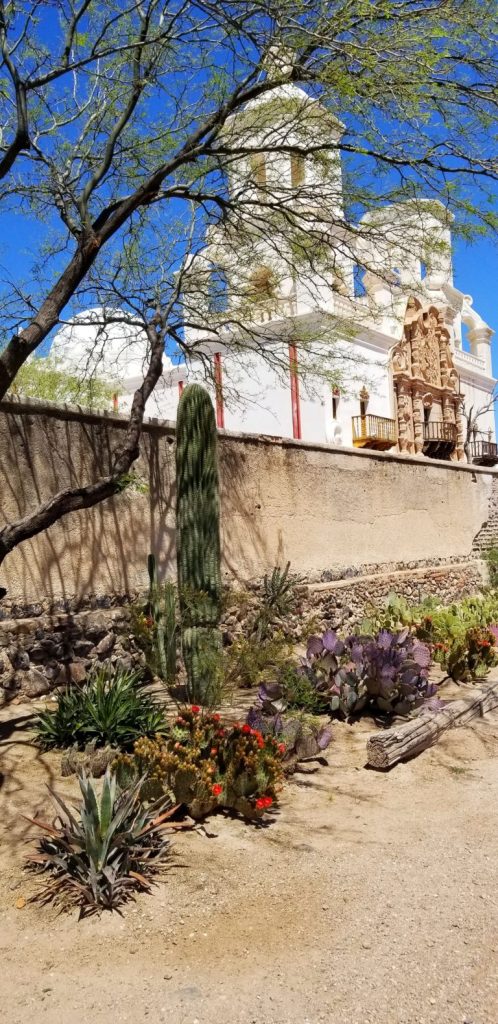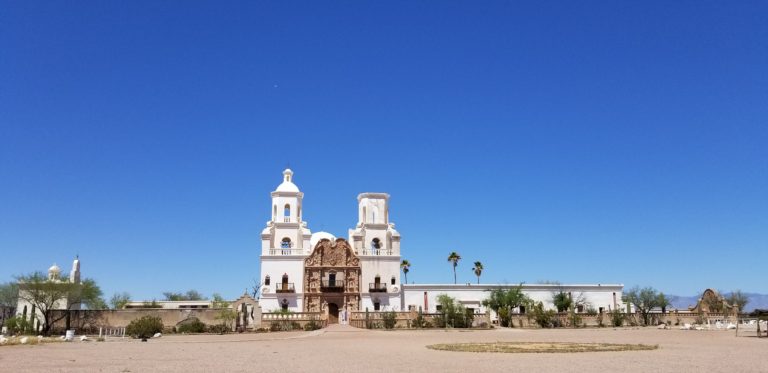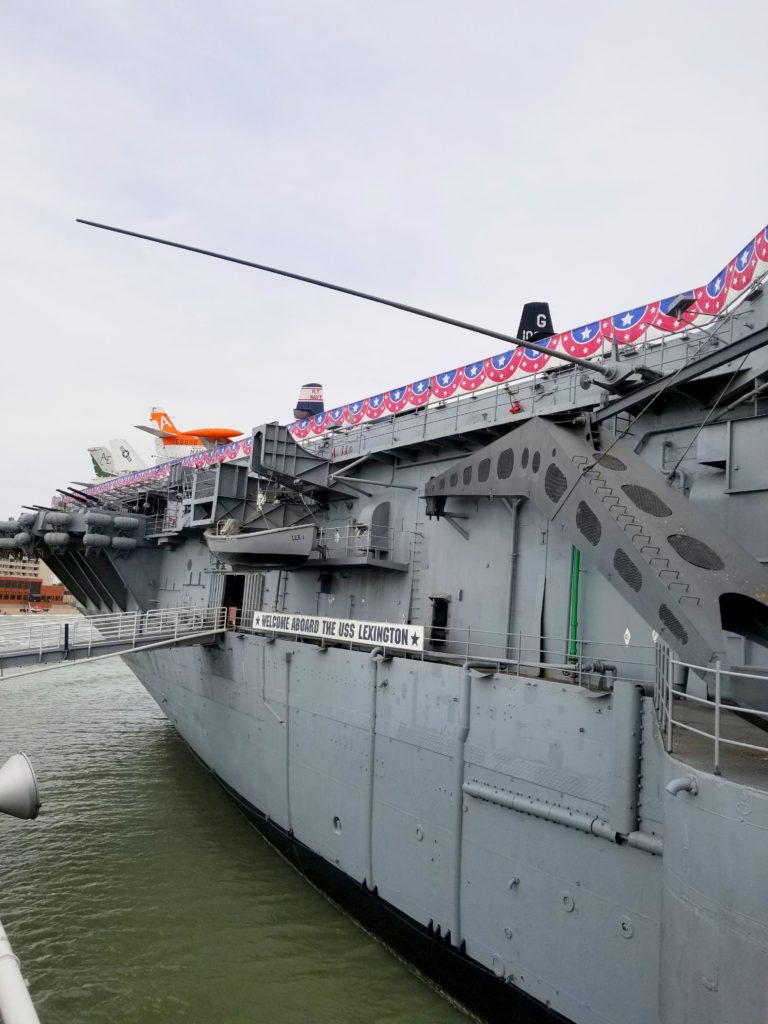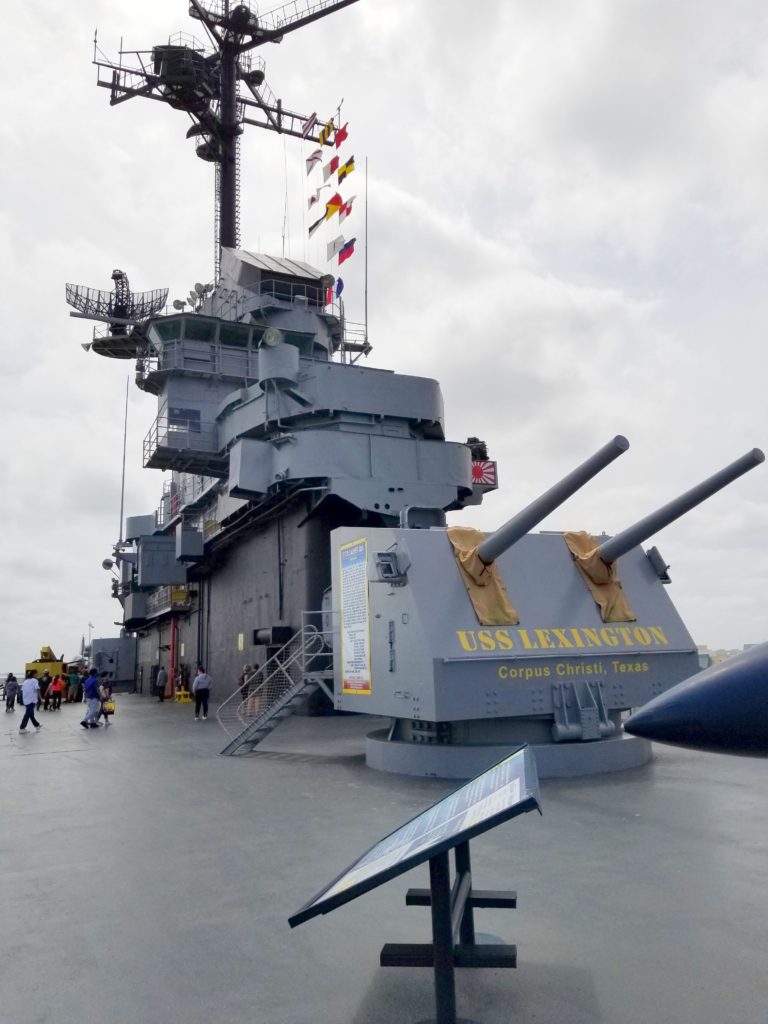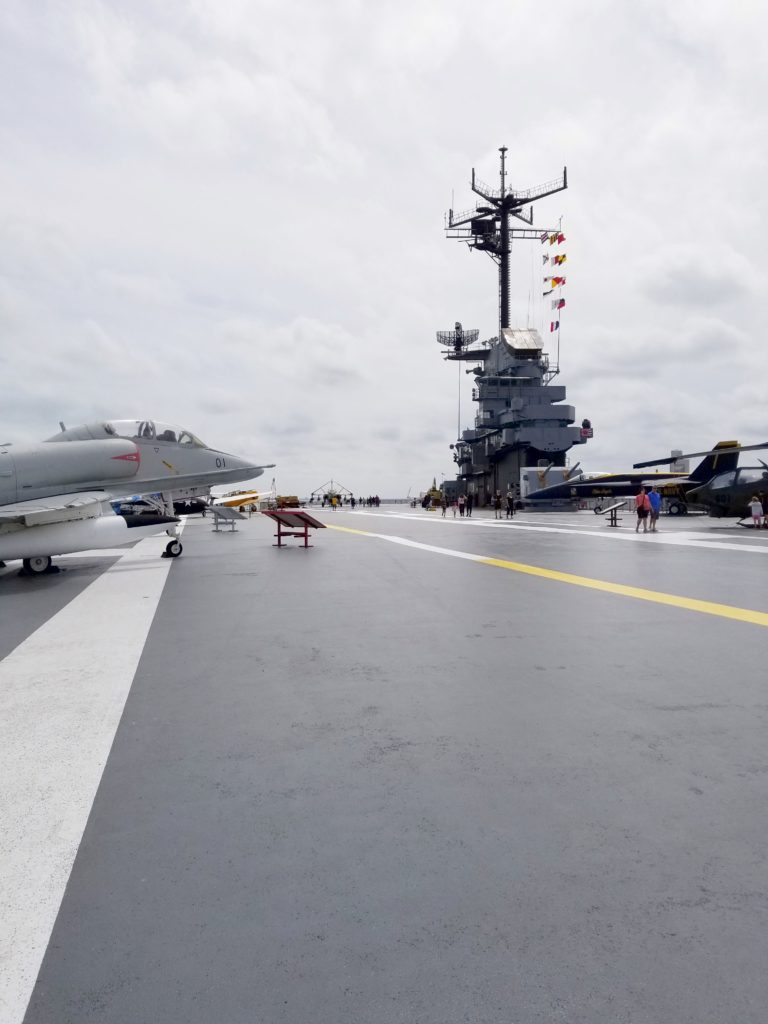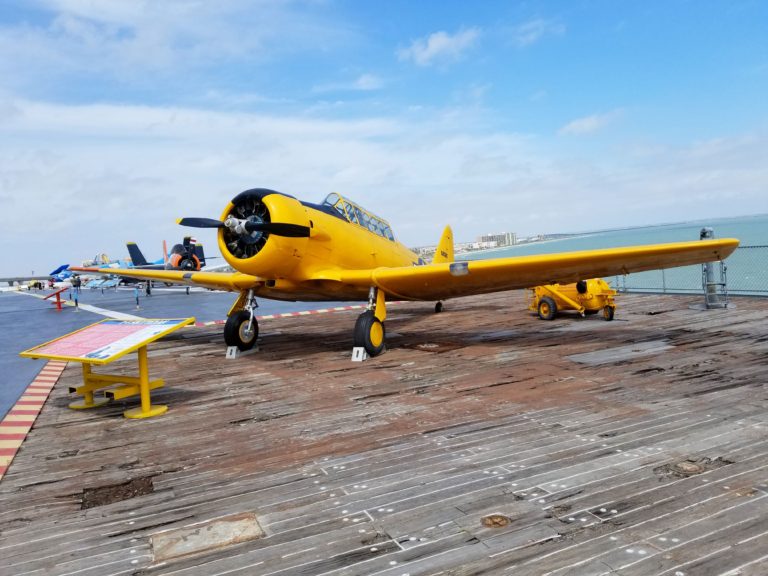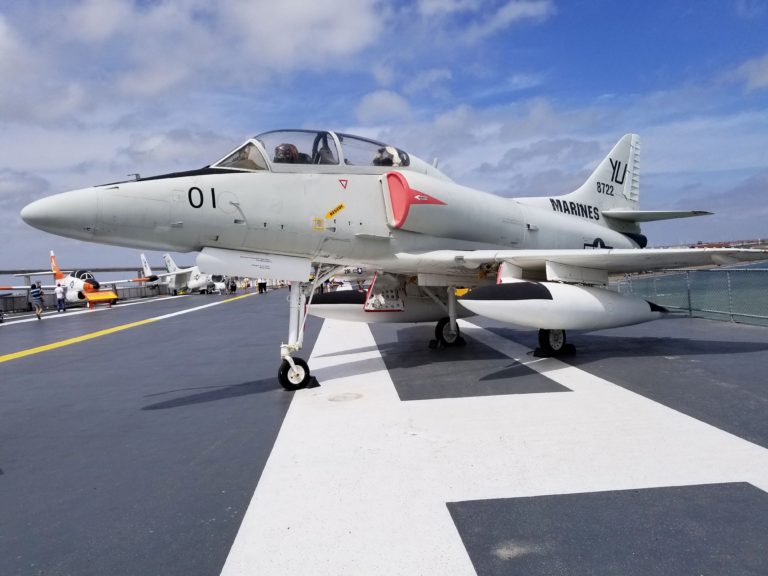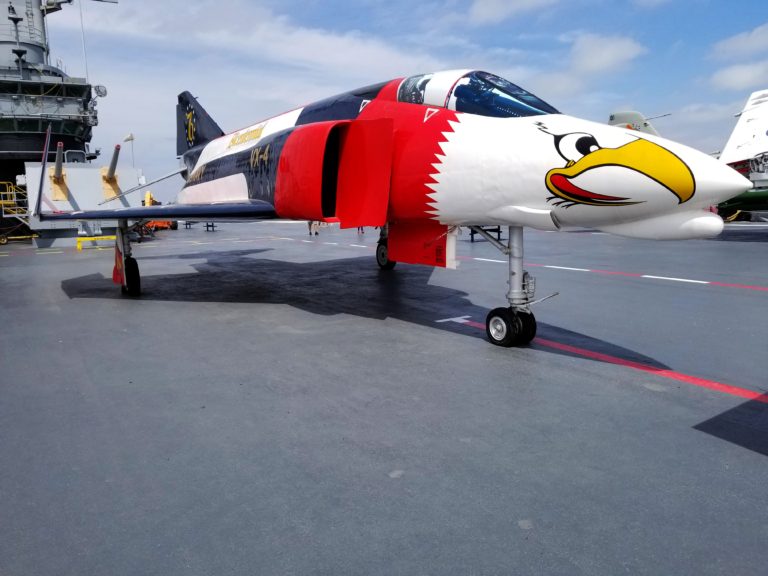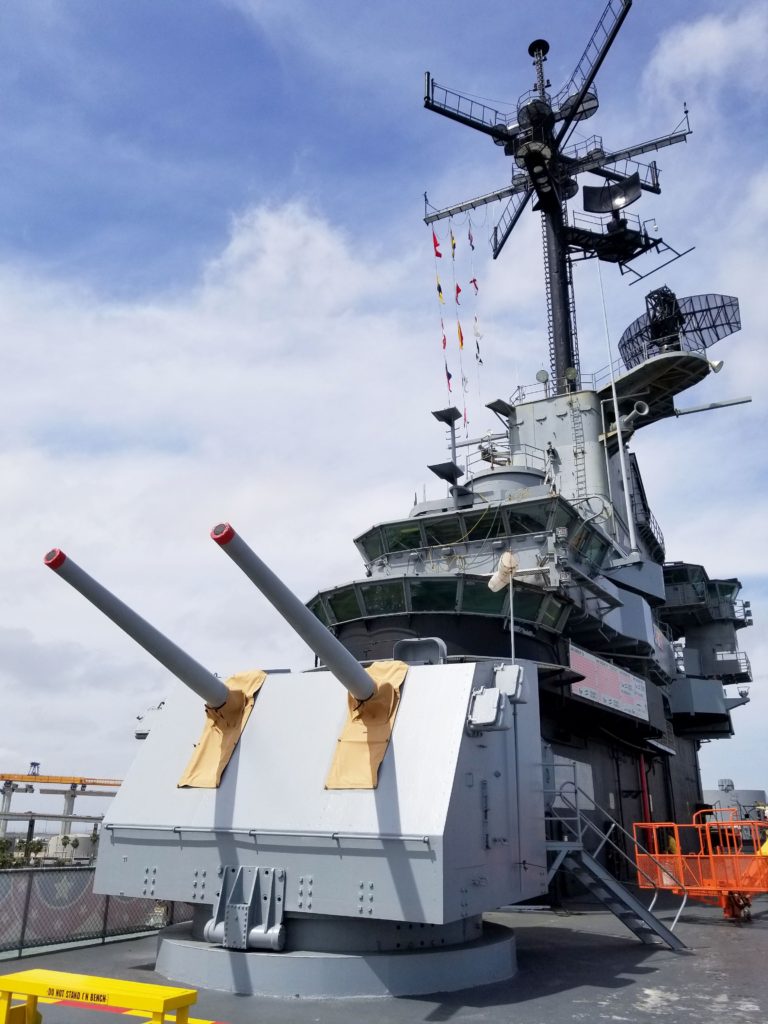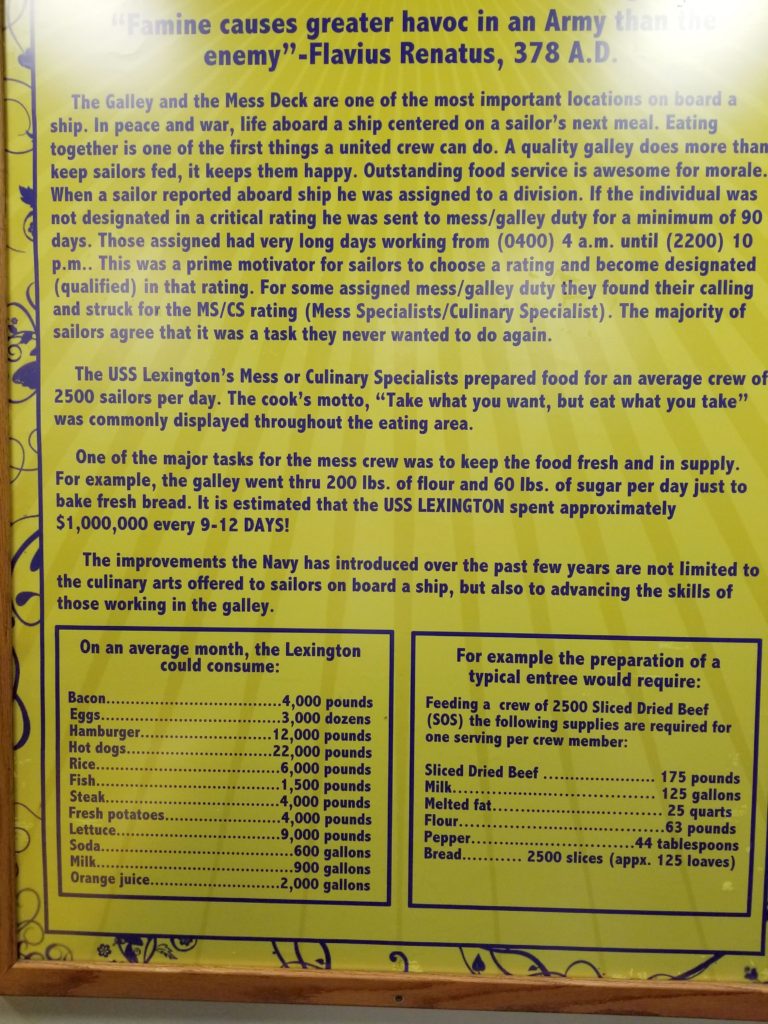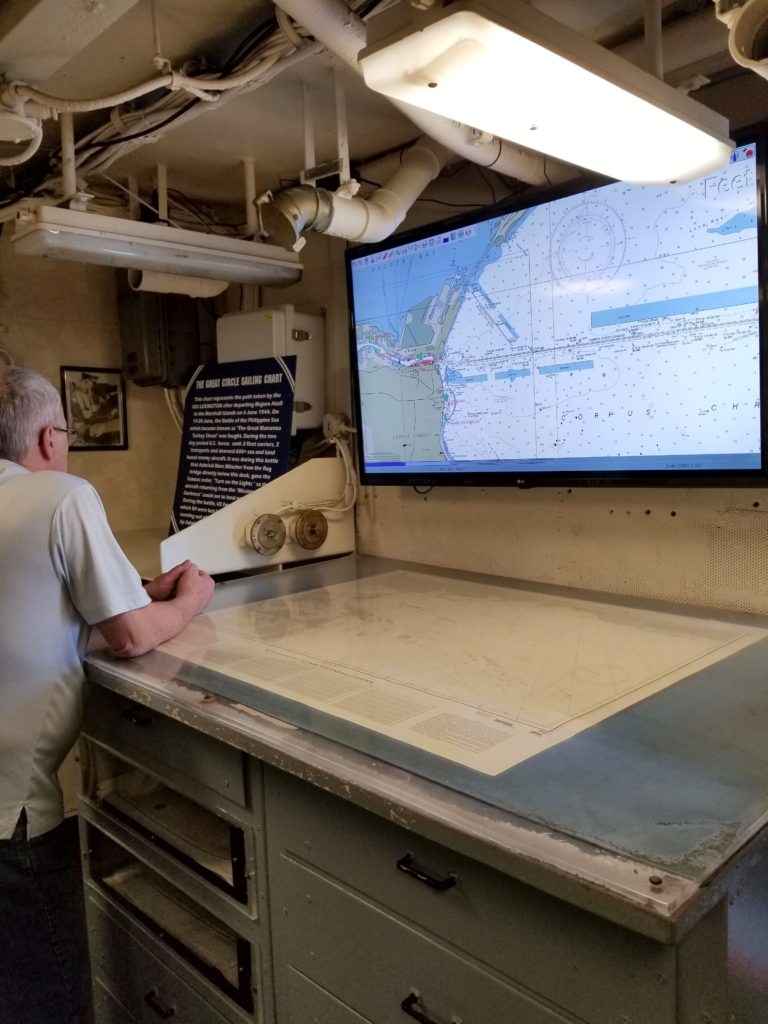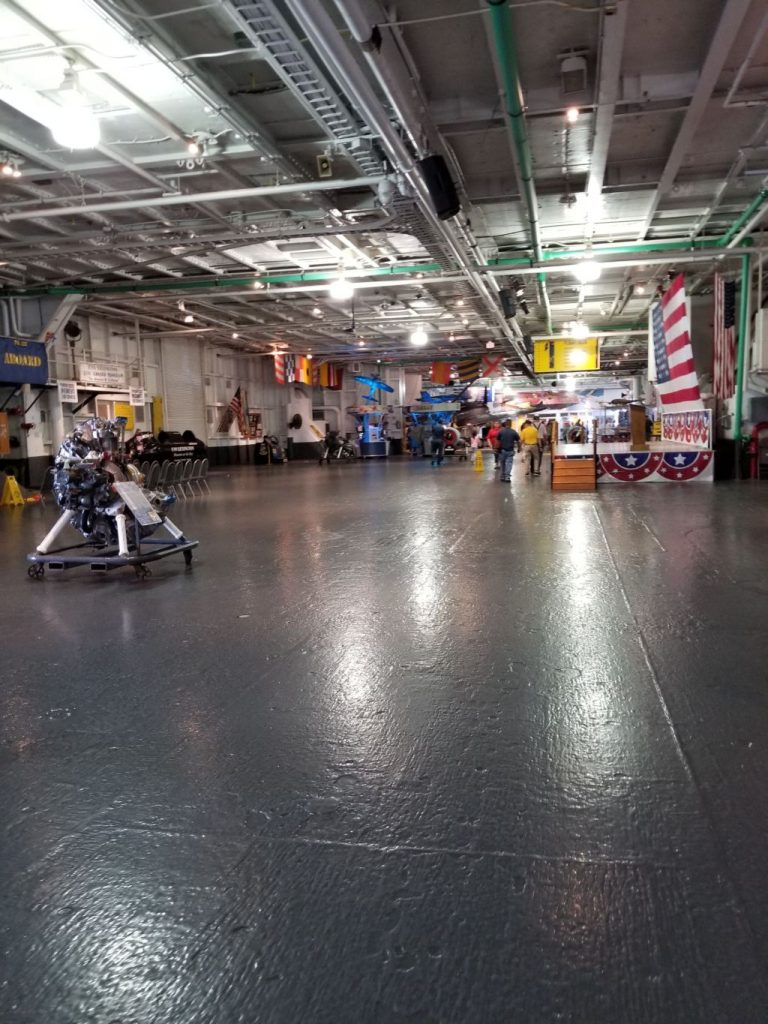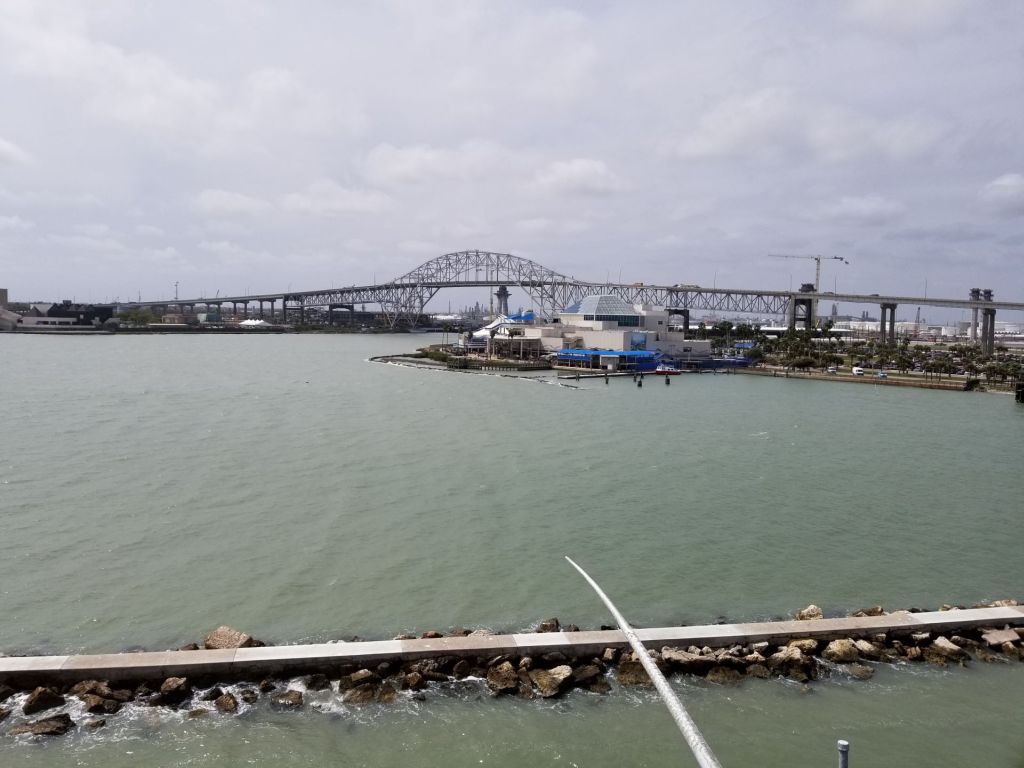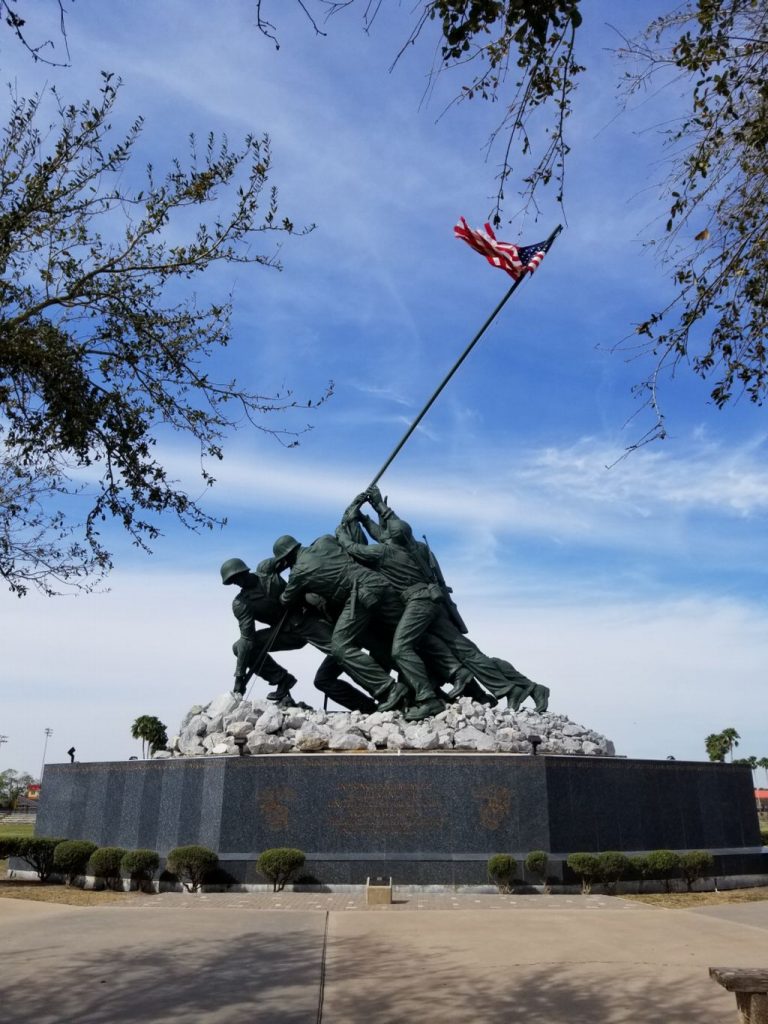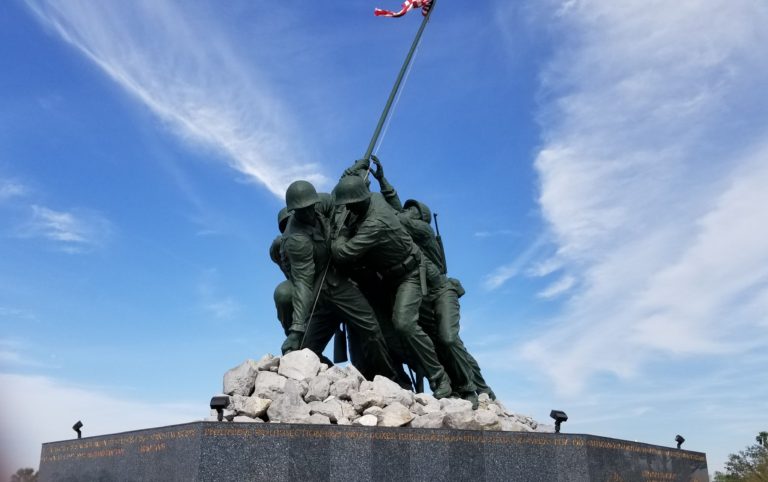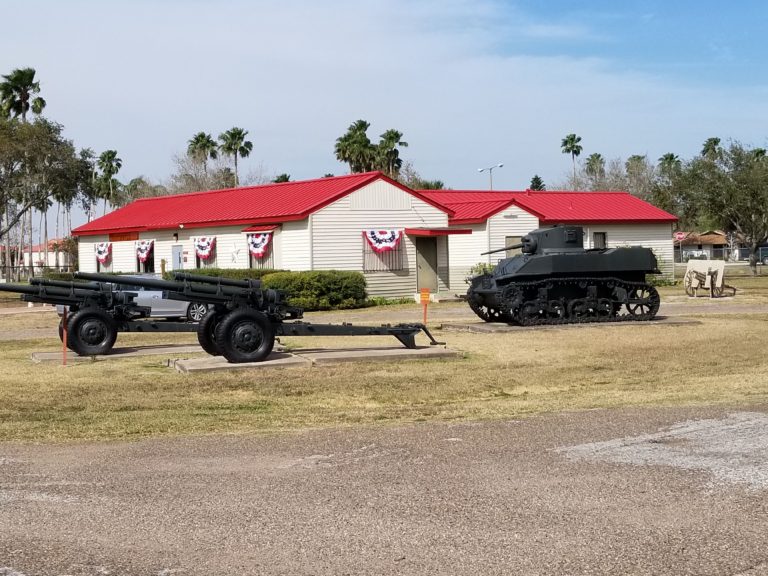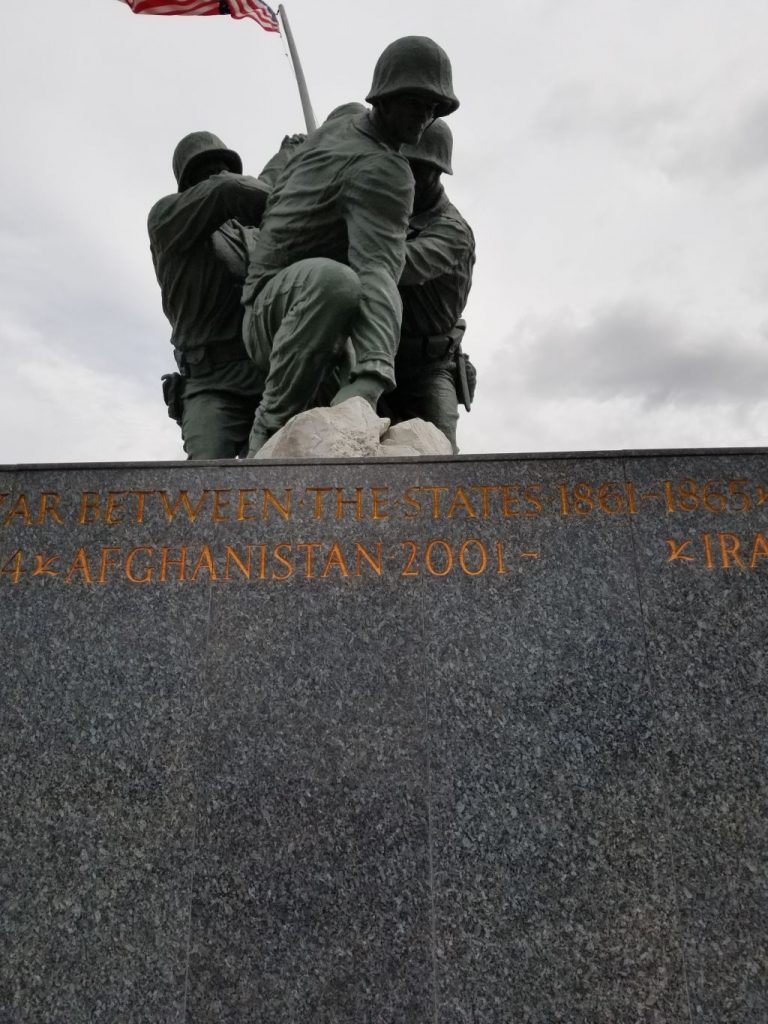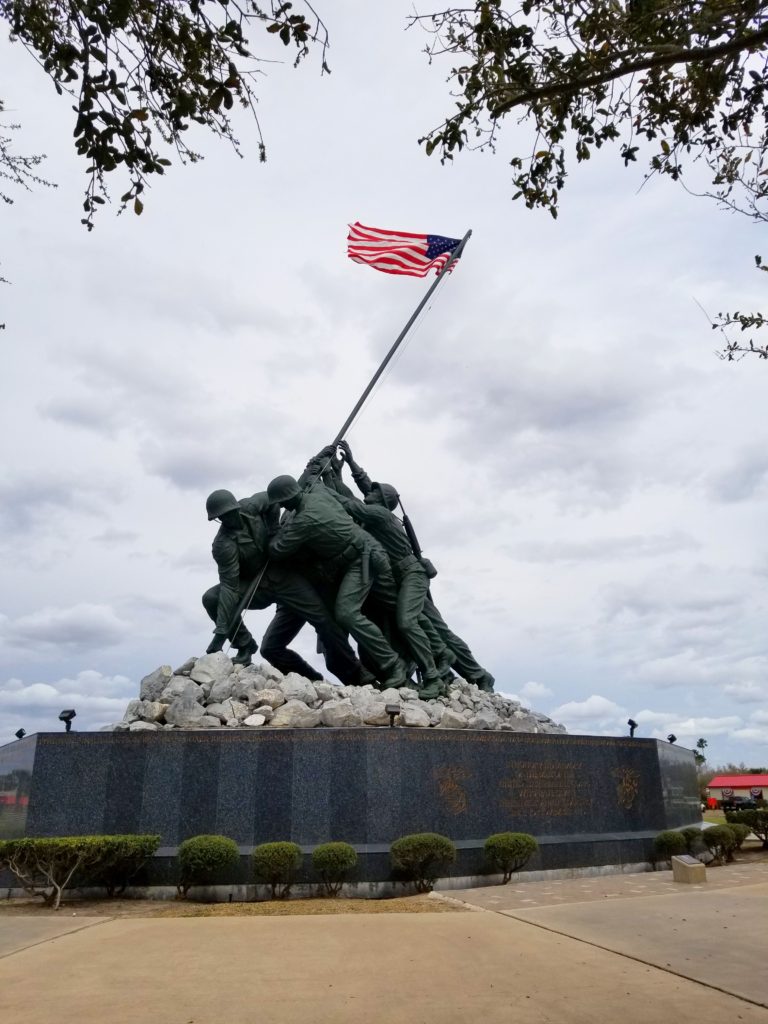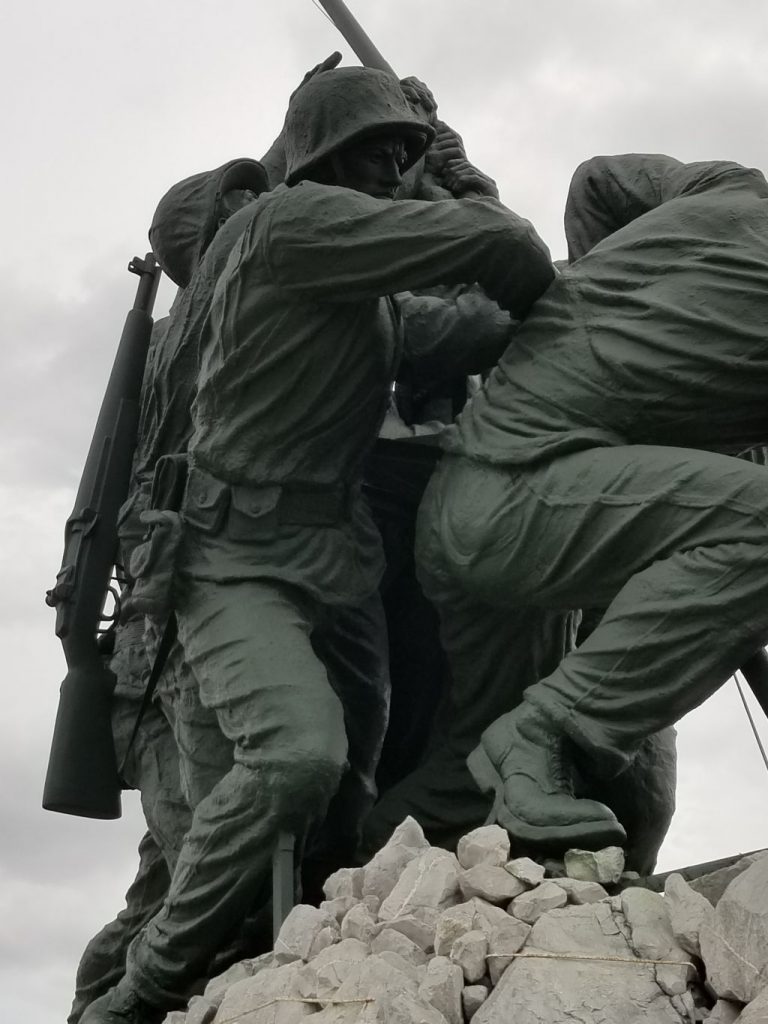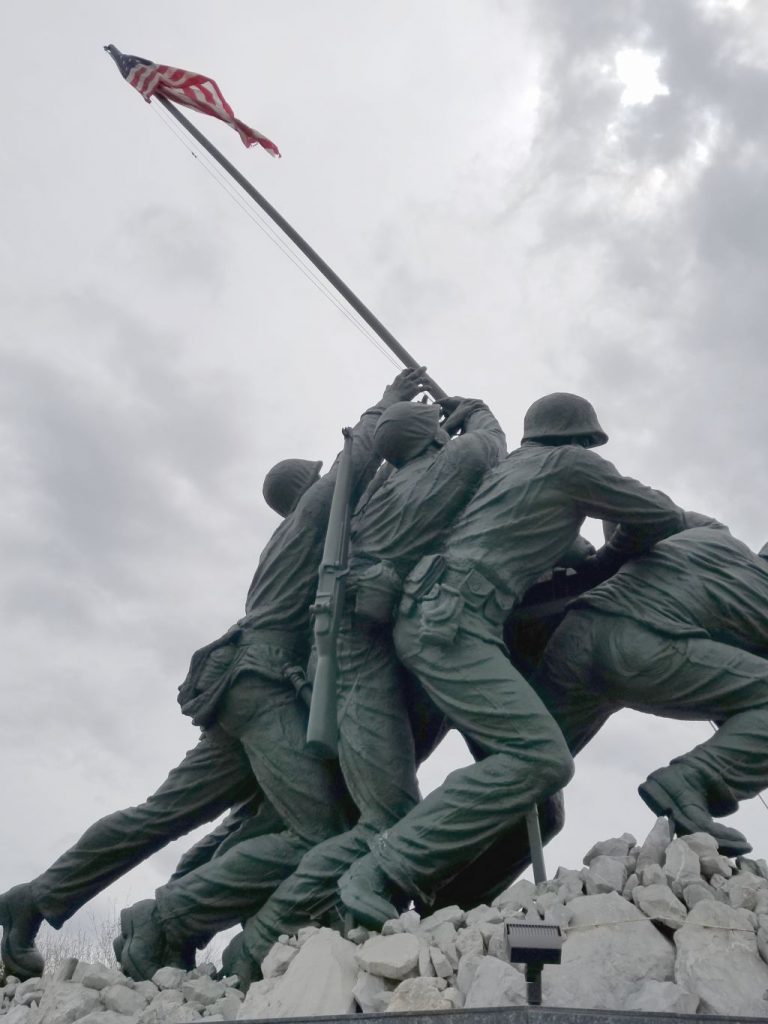August 23, 2020
We traveled north into Montana and camped at Conestoga Campground and RV Park in White Sulphur Springs. This was our view out our window.
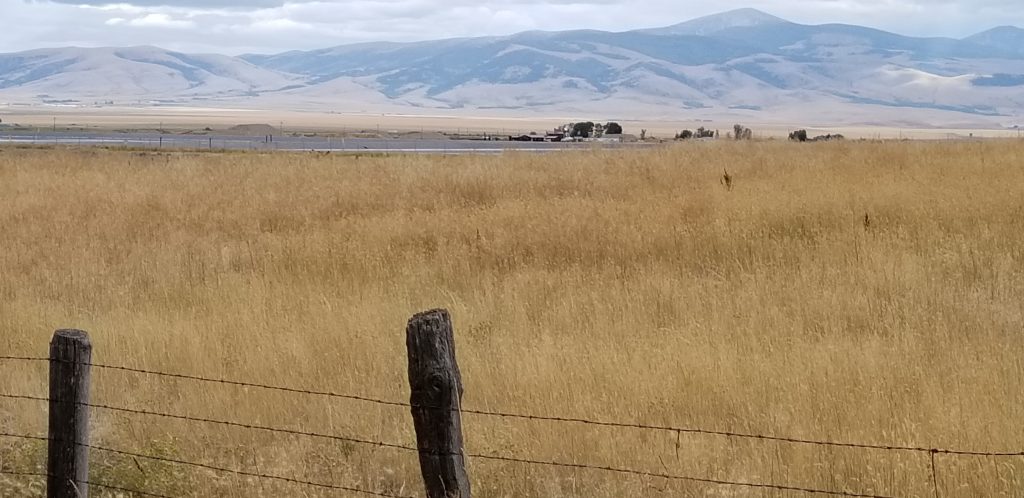
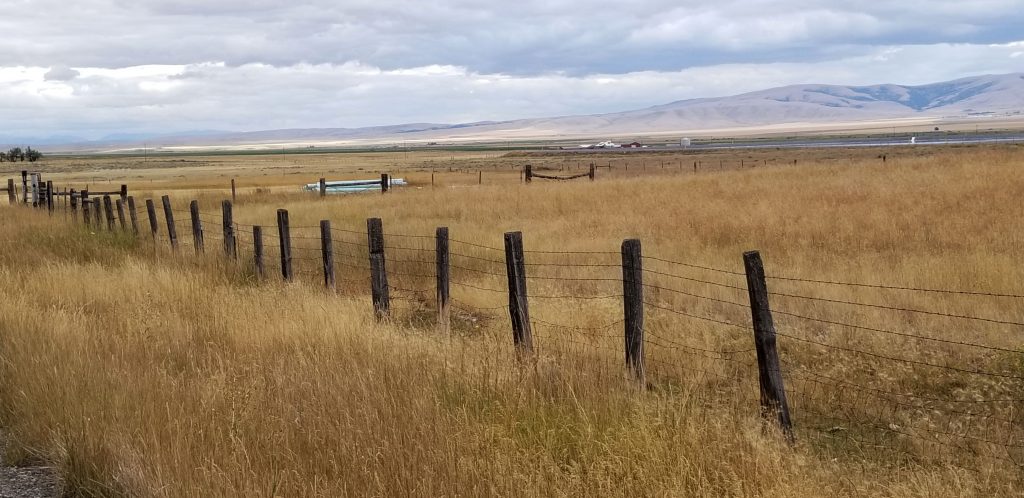
The RV Park even had it’s own fish pond.

We like to camp in one place for a couple of weeks and take day trips to places around our base camp. One of our side trips while in Montana was to Great Falls, Montana. We were happy to find a Mongolian BBQ that was open. It was one of the first times we were able to dine in at a restaurant since the Covid-19 pandemic.
From there, we drove alongside the Missouri River to see Black Eagle Falls and Rainbow Falls. Other stops were at Giant Springs State Park and the Lewis and Clark Interpretive Center.
The drive to Great Falls was beautiful through the mountains and forests. This is a lookout just a few miles outside of Great Falls.

There are five falls within a 10 mile stretch of the Missouri River. The one seen below is Black Eagle Falls which is right in the middle of the city of Great Falls.

The next one seen below is Rainbow Falls.

As you can see, there are power houses built before each of the falls to maximize electricity generation for the area.
Between Black Eagle Falls and Rainbow Falls is Giant Springs State Park. Giant Springs is one of the largest freshwater springs in the nation. It is the source of the Roe River, one of the world’s shortest rivers. Roe River flows into the Missouri River. But the source of the springs itself comes from miles of underground water from the mountains miles away. The water the bubbles up from cracks in rocks into a pool and runs over rocks into the Missouri River. By the way, did you know that the Missouri River is the longest river in North America?

The park grounds were green and beautiful.
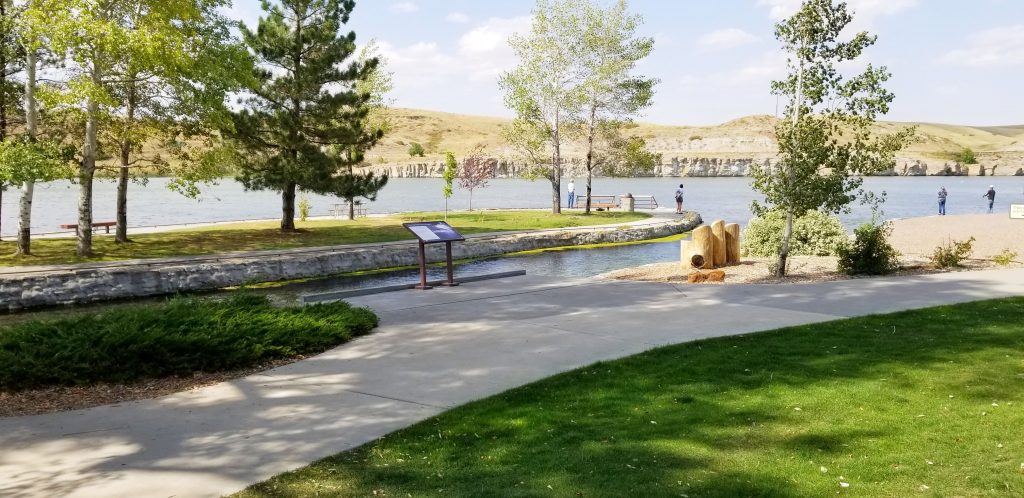
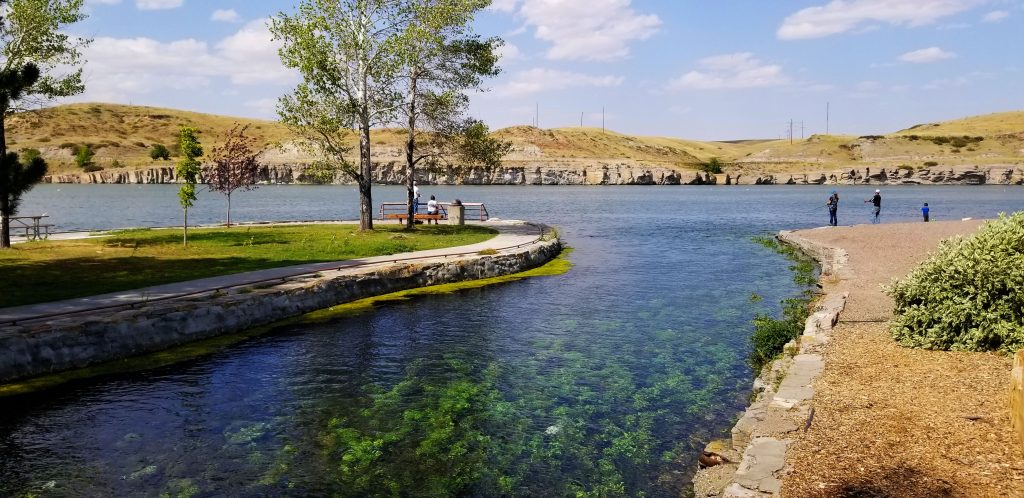
Notice how clear the water is!
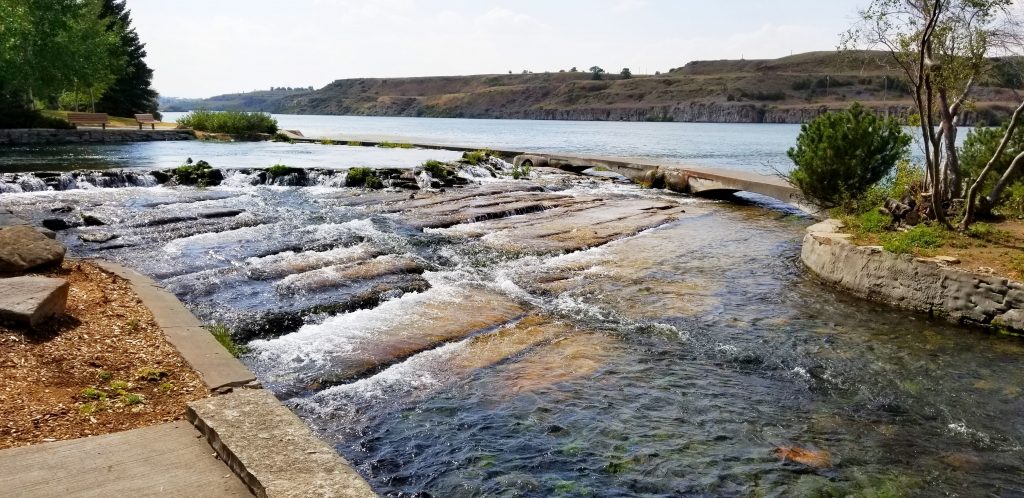
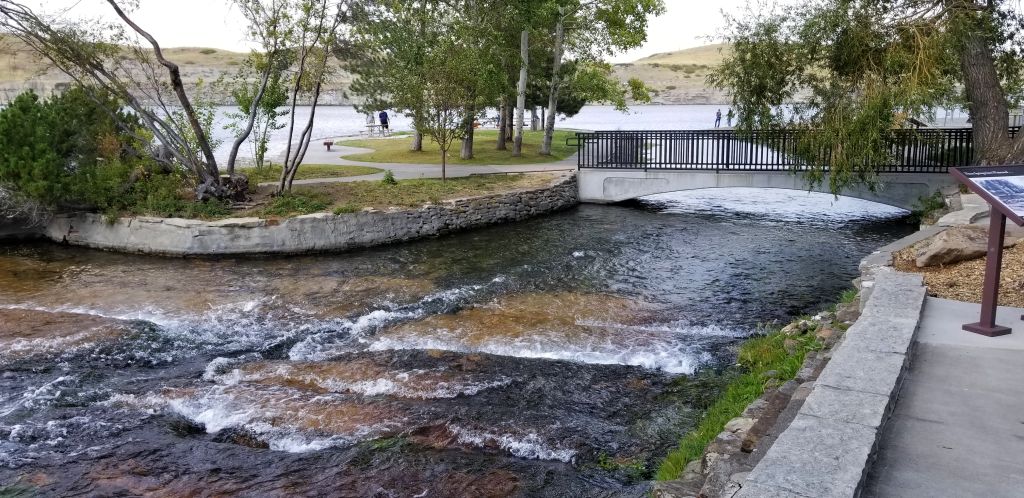
In the photo below, you can see where the water bubbles up out of the rocks below and into the pool.
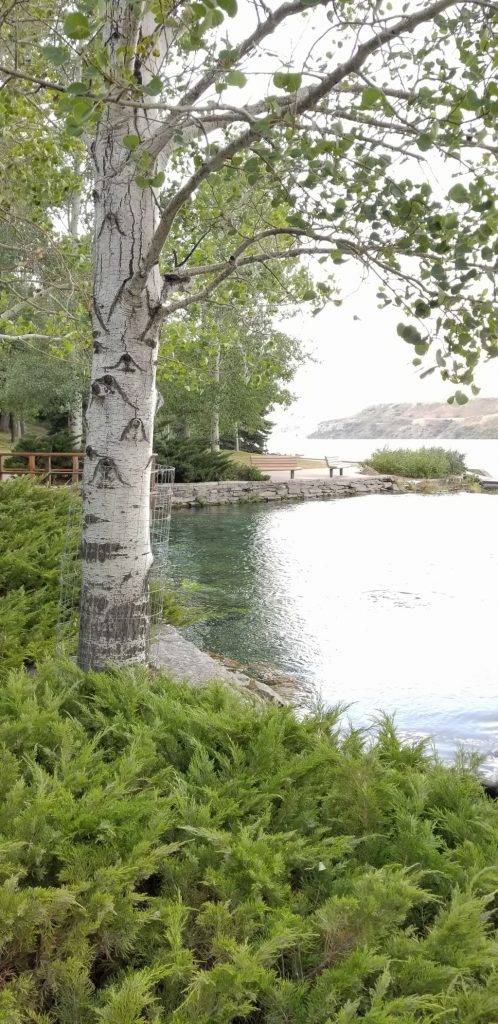

You can faintly see circles in the water where the water is bubbling up.


The world’s shortest river of just 200 feet.
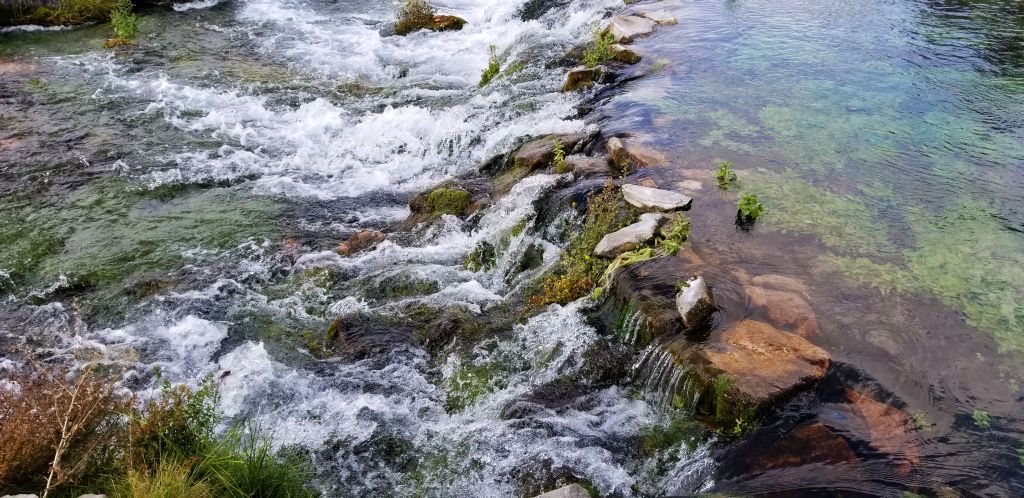

Beyond the walkway is the Missouri River.

The Missouri River is also the river that explorers Lewis and Clark traveled to find a waterway to the Pacific and to explore the large region of the Louisiana Purchase. We stopped at the Lewis and Clark Interpretive Center. One floor of exhibits was closed due to the pandemic, but the top floor still had some interesting exhibits, including a panorama of what it was like to carry heavy dugout canoes around each of the falls in this area.

The Lewis and Clark Interpretive Center
It’s interesting to see sites where history took place in the beginnings of our country. I would love to come back to Great Falls, Montana, and explore the area and its history further.
Categories: Airstream Travel, RV Travel Tags: Full Time RVing, Giant Springs State Park, Great Falls, Montana, MT, RVing, Sites to see in Great Falls, White Sulphur Springs

